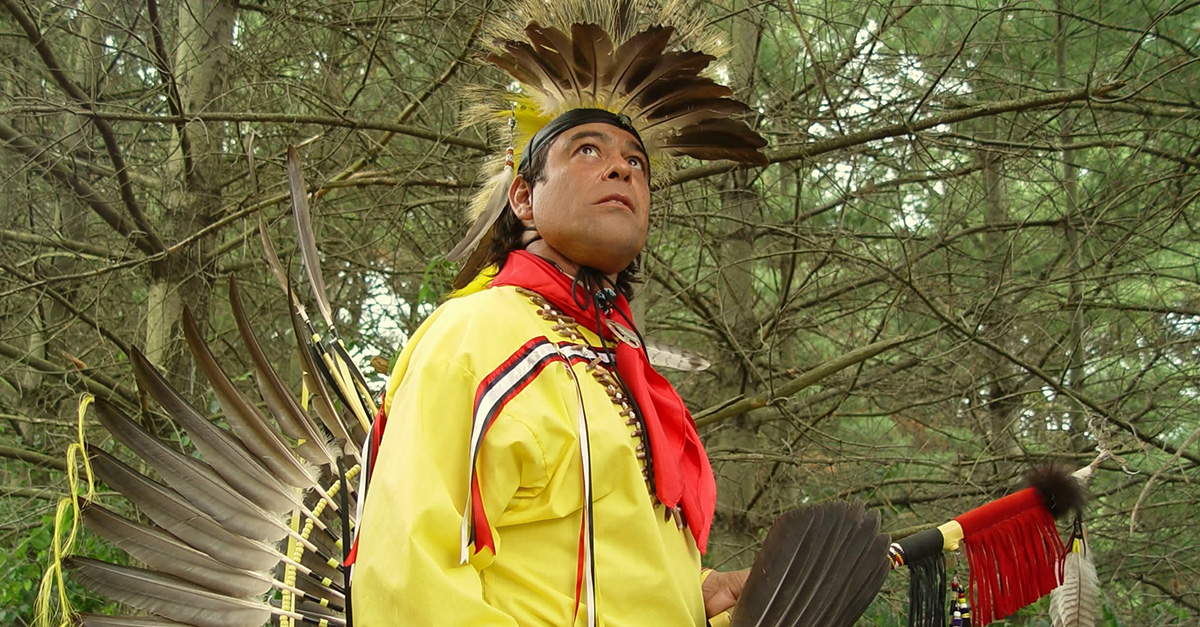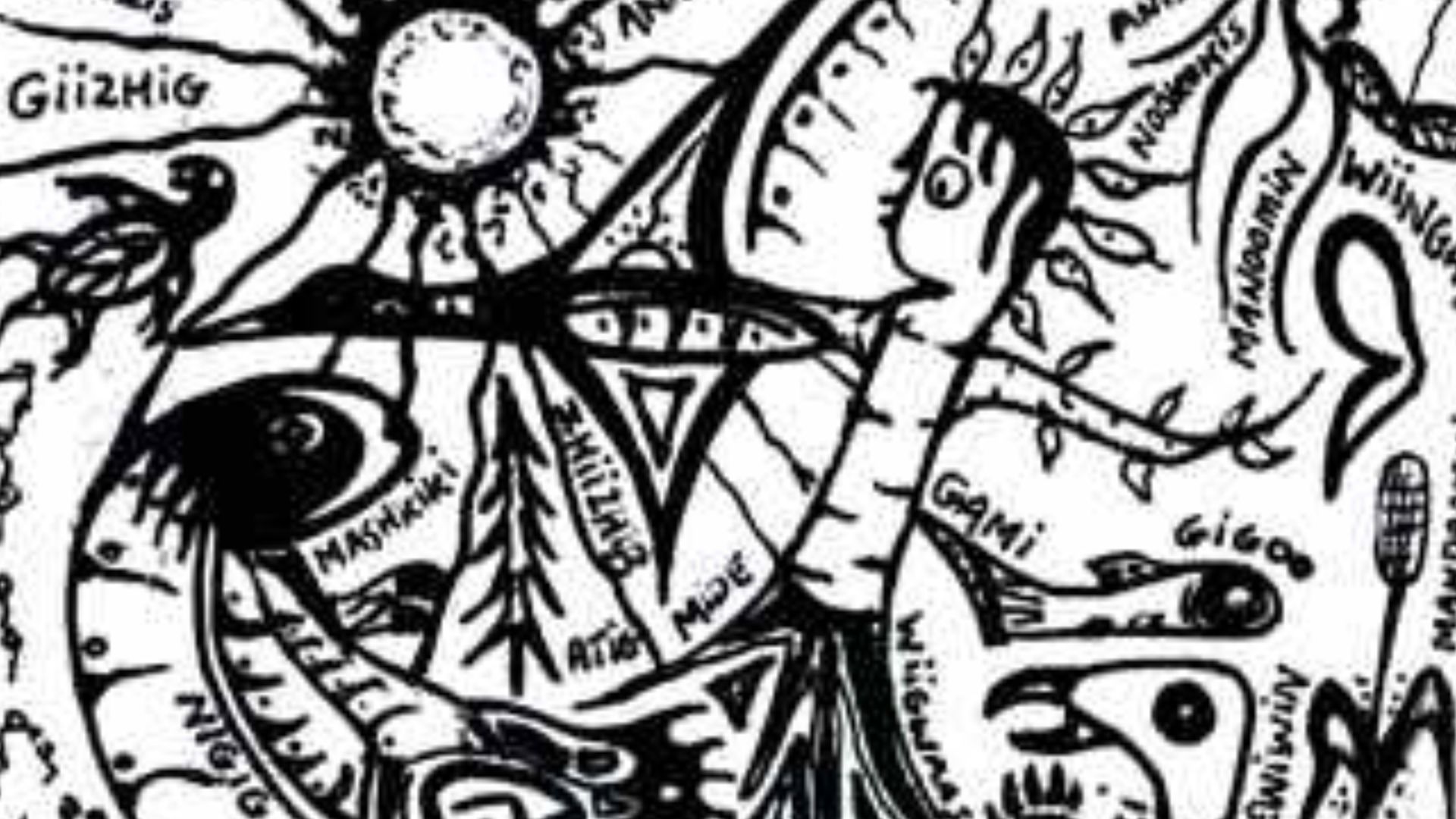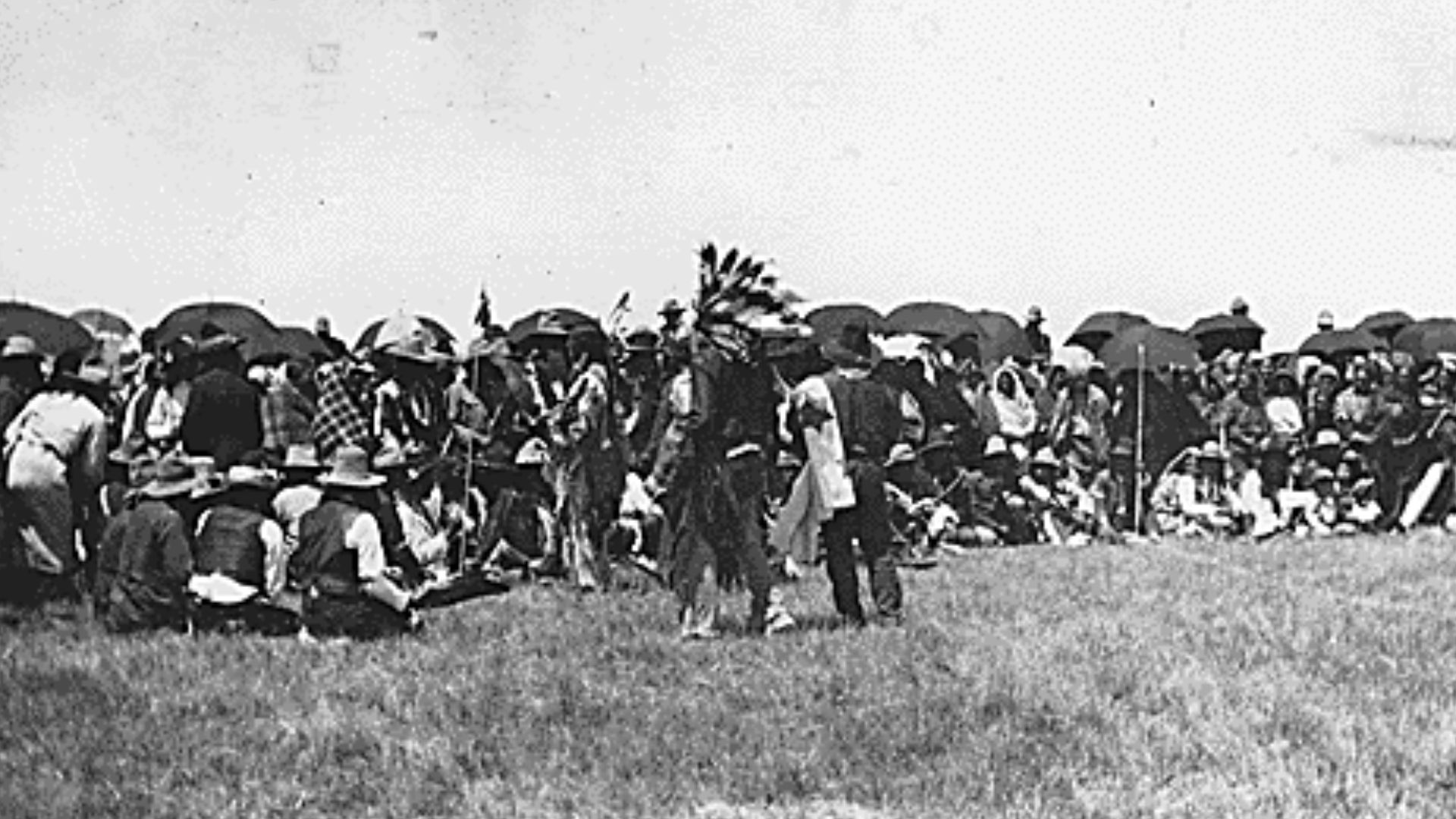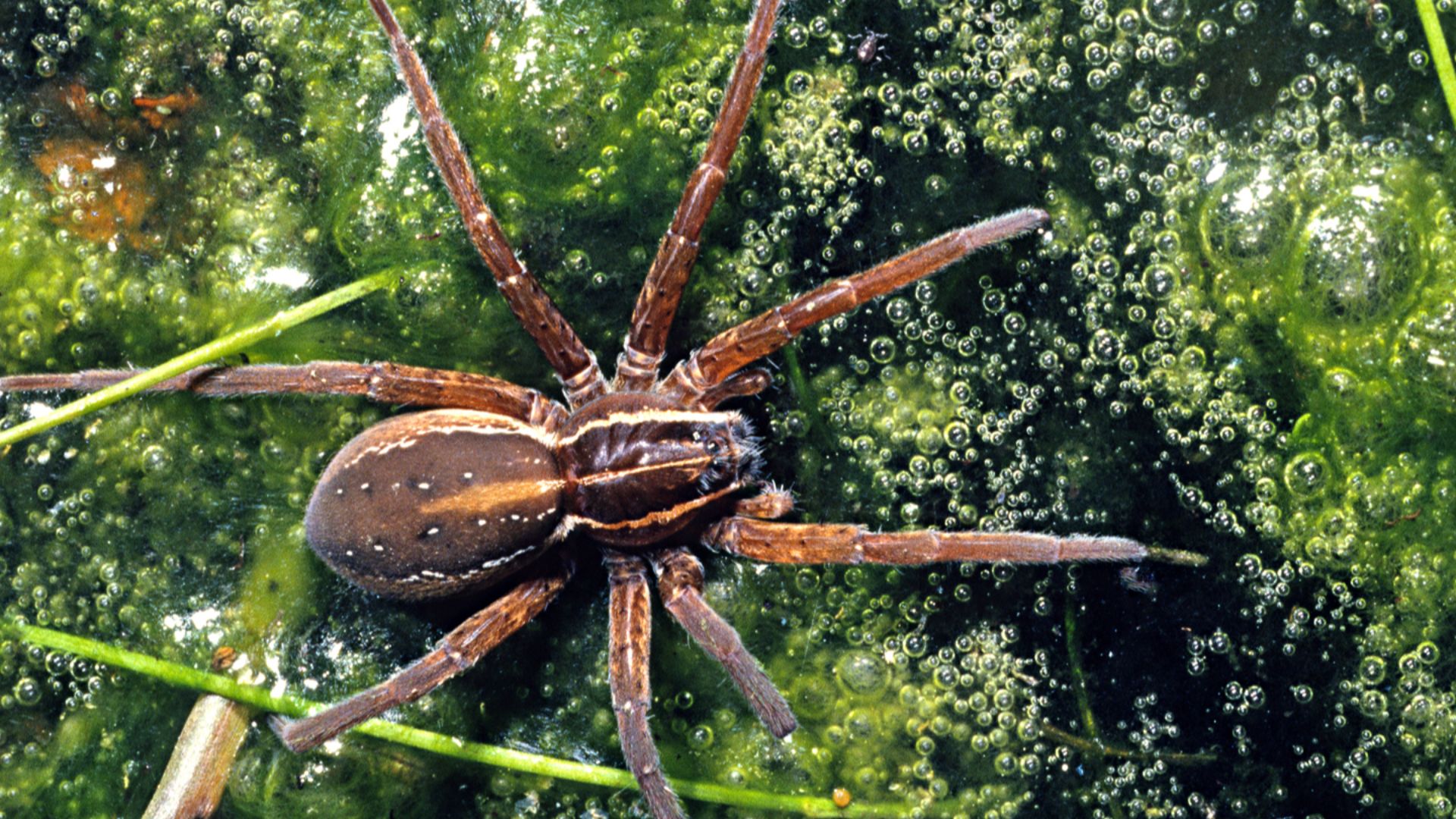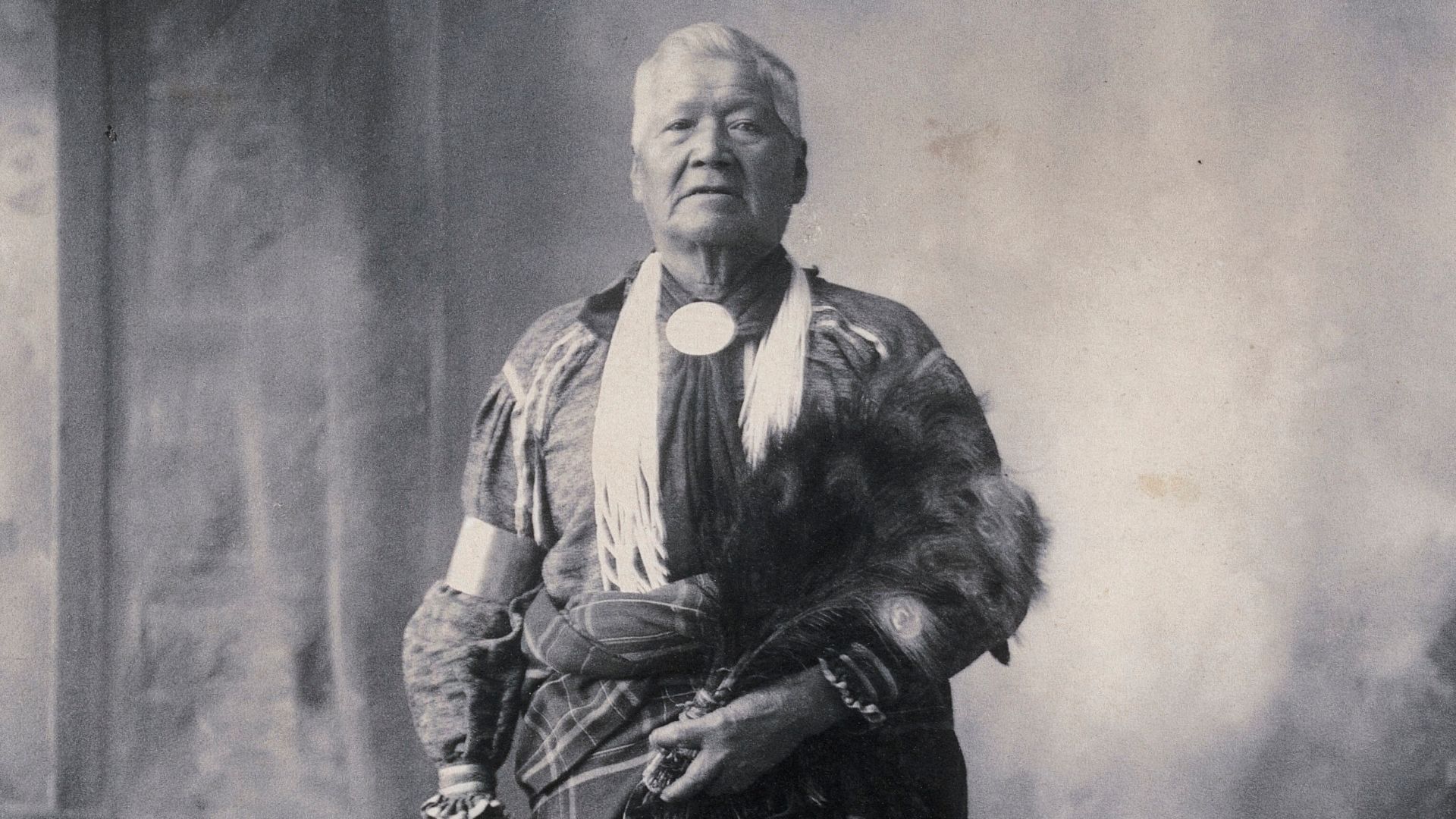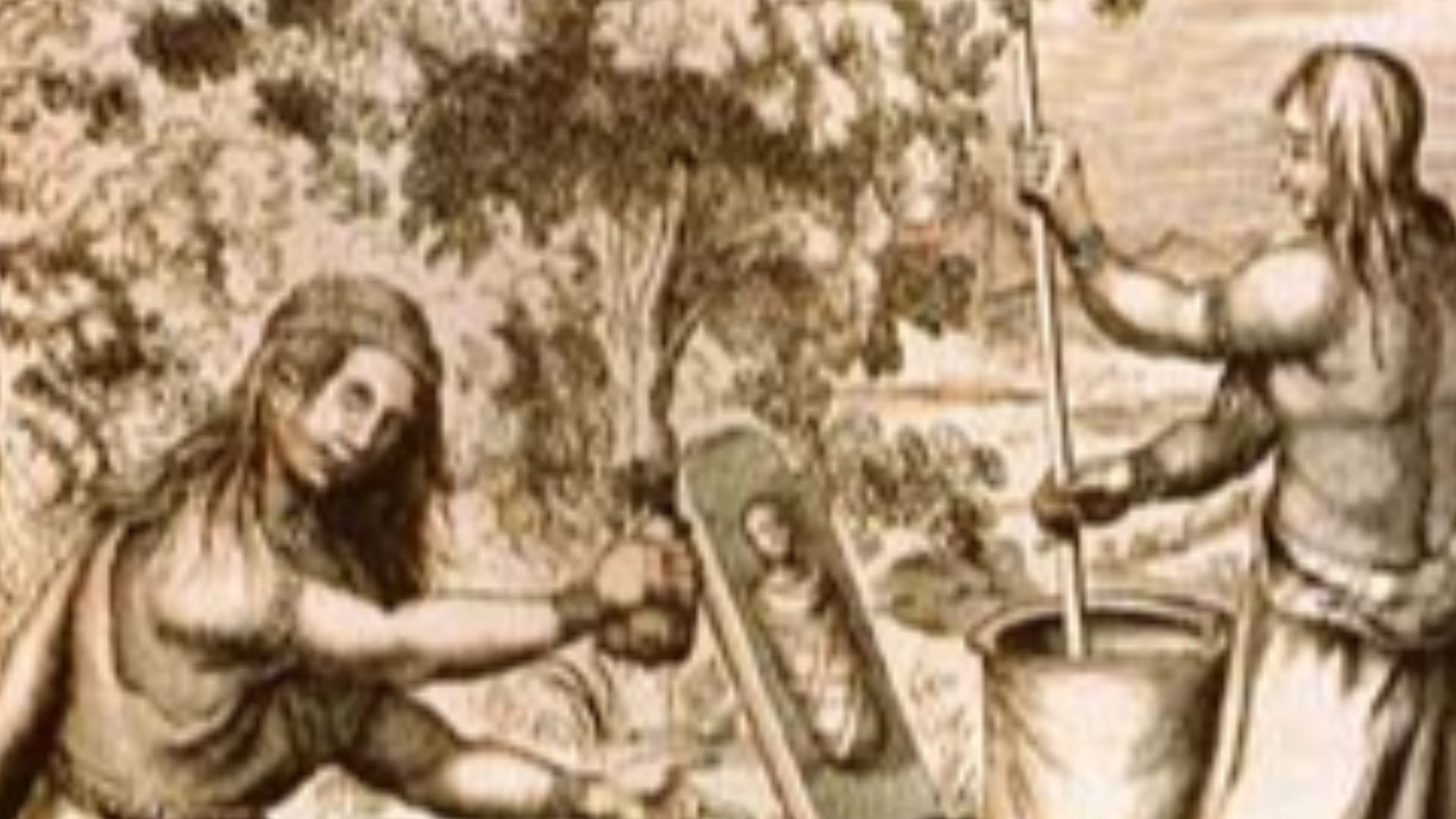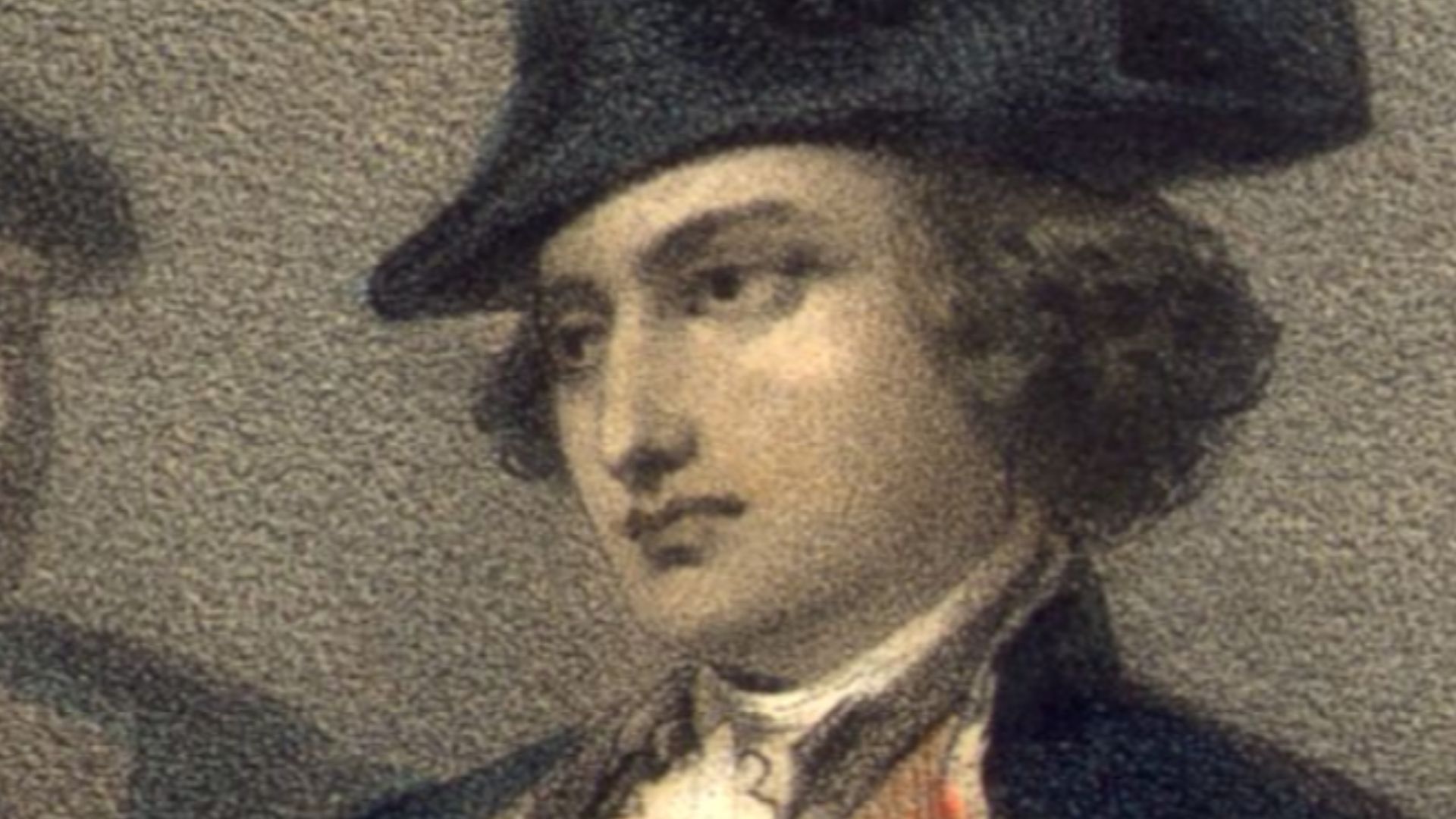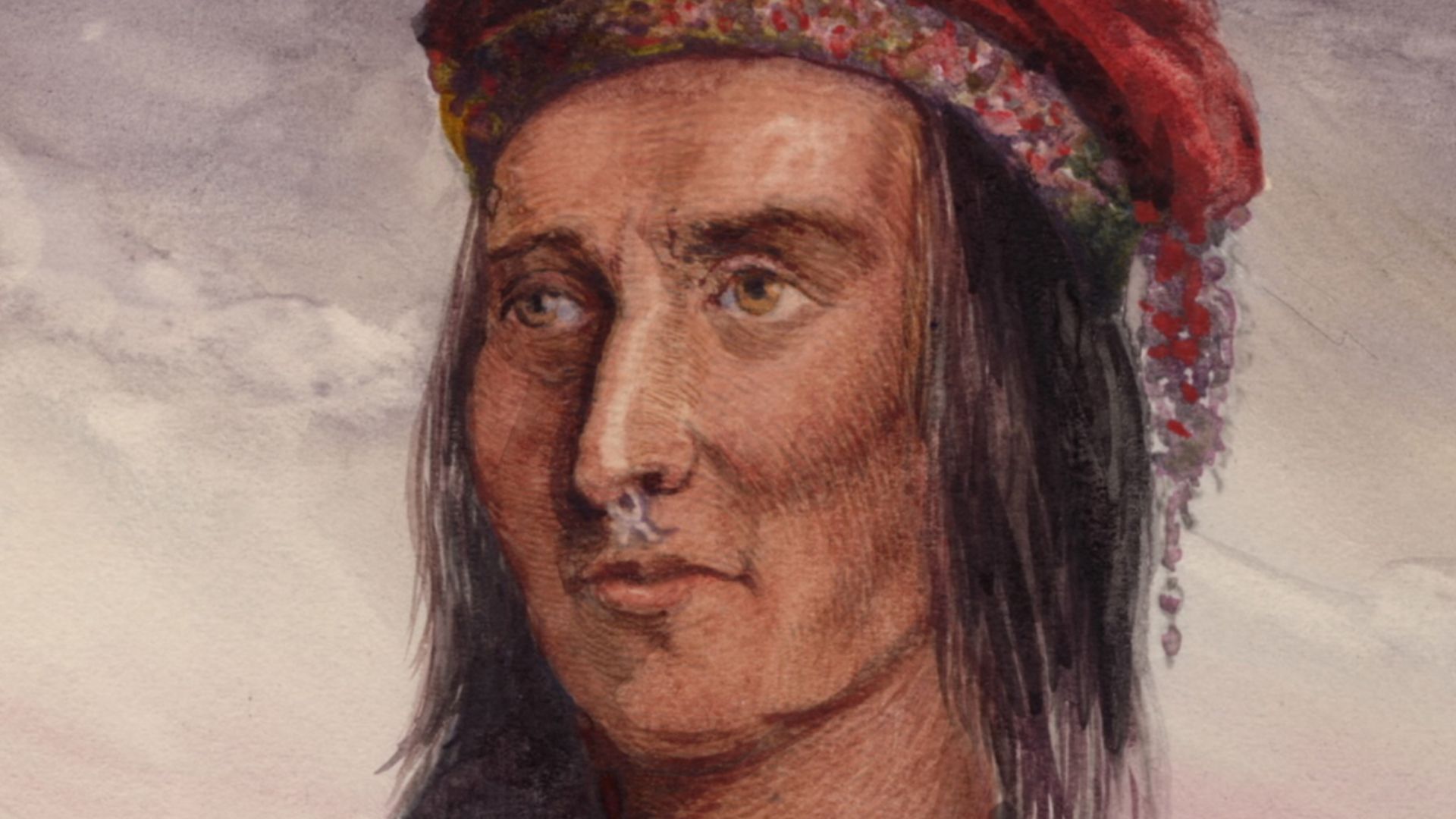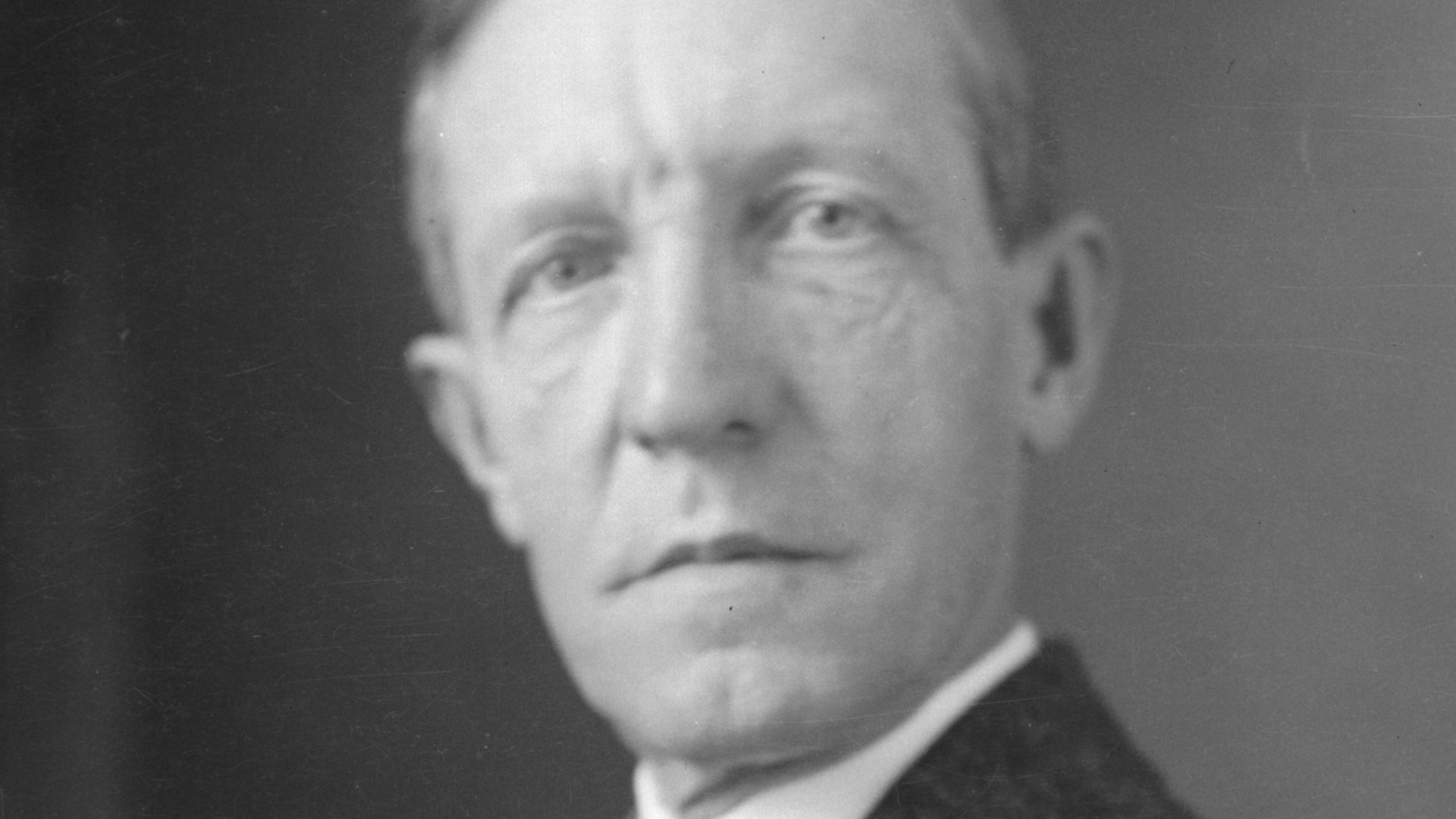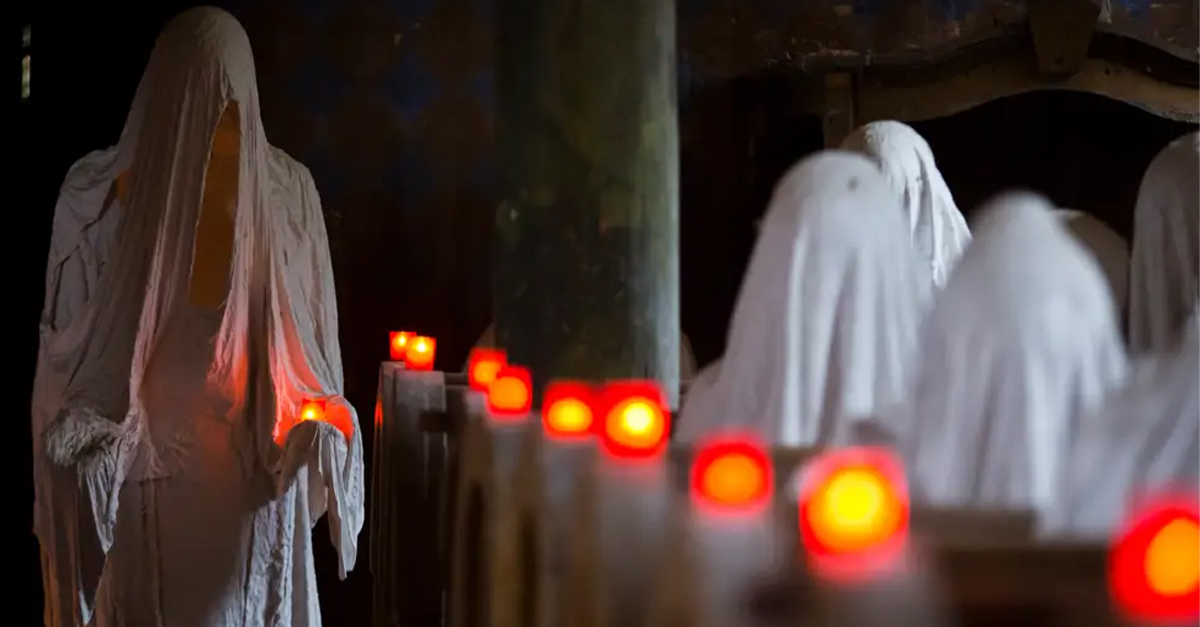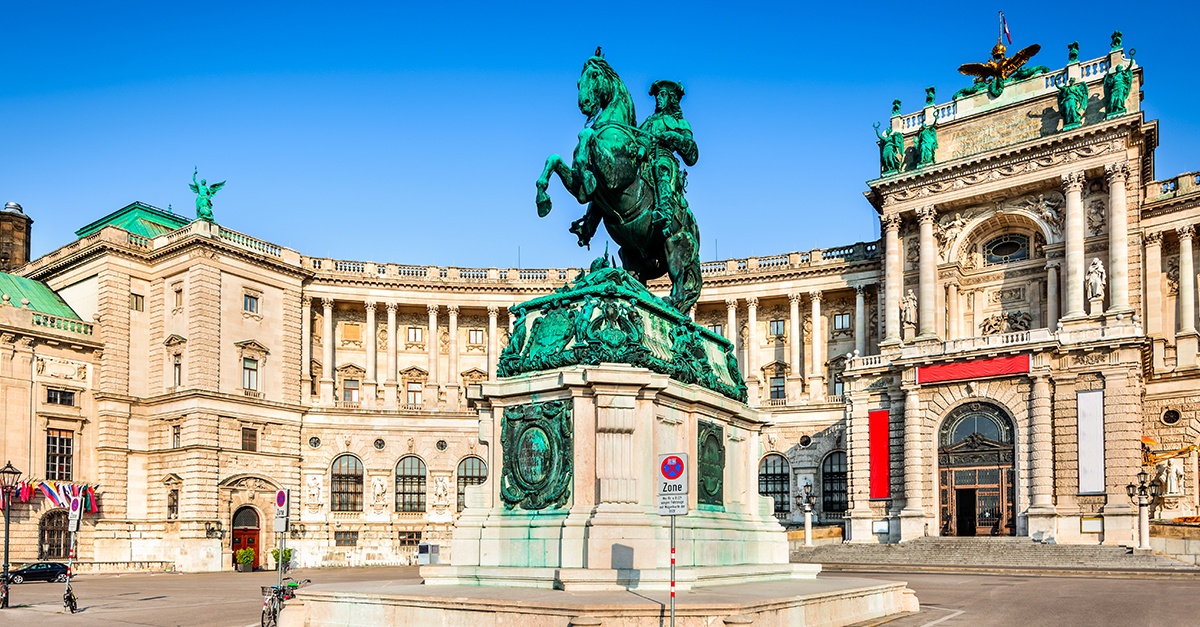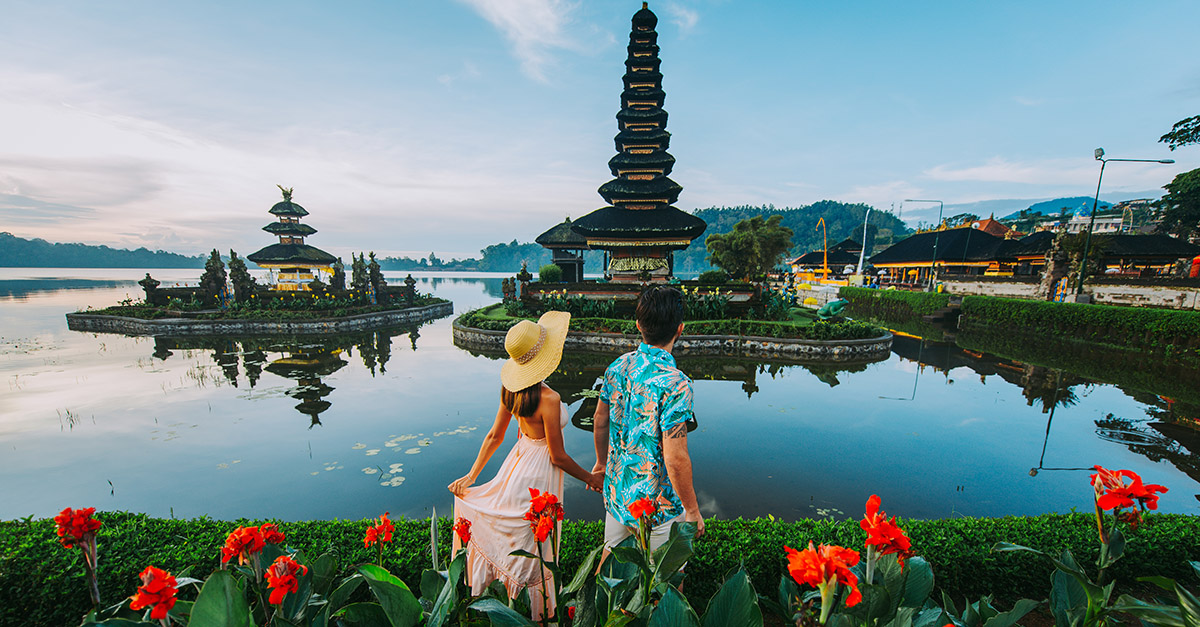The Story Of The Fire Keeping People
The Potawatomi are a North American tribe from the Great Lakes region of the United States and Canada, having lived in that area for nearly four centuries. Part of a group of three tribes that lived on the Mackinac Strait between Mackinac Island and the mainland of modern-day Michigan, they were known as the Fire Keeping People. Here is the story of the Potawatomi.
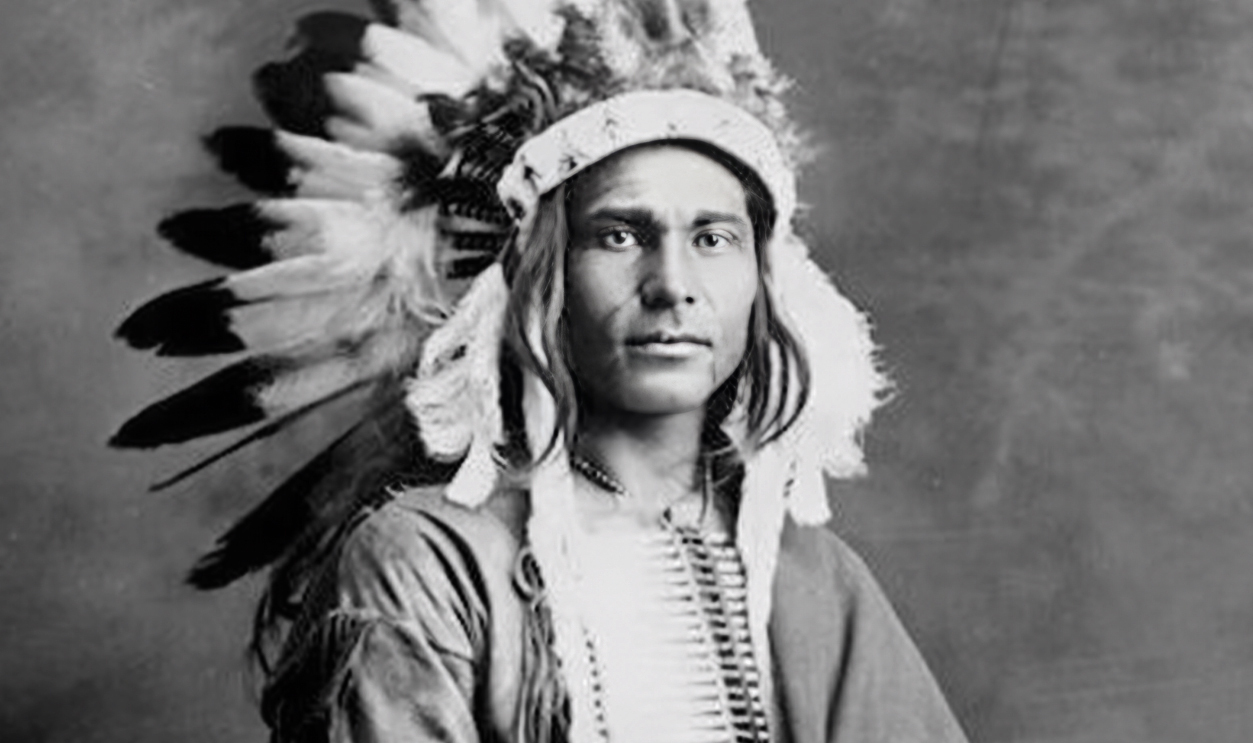
The Origins Of The Potawatomi
The Potawatomi used to be known as "Boodewaadamii(g)" in the Ojibwe language, meaning "those who tend to the hearth fire," referring to the Council Of The Three Fires. This "council" is a centuries-old alliance among three pre-contact tribes: the Potawatomi, the Ojibwe, and the Ottawa, all tribes related by a common ancestor and shared ethnic identities.
All From A Common Ancestor
Archaeological evidence suggests that all three tribes came from a common ancestor, the Anishinaabe people. These people came from Waubanaukee, an island on the East Coast of the United States, now called New England. It is said that the ancestors of the Potawatomi came to the mainland United States when the last great ice sheet broke off from North America. The Anishinaabe are scattered across North America, now forming many different Indigenous tribes.
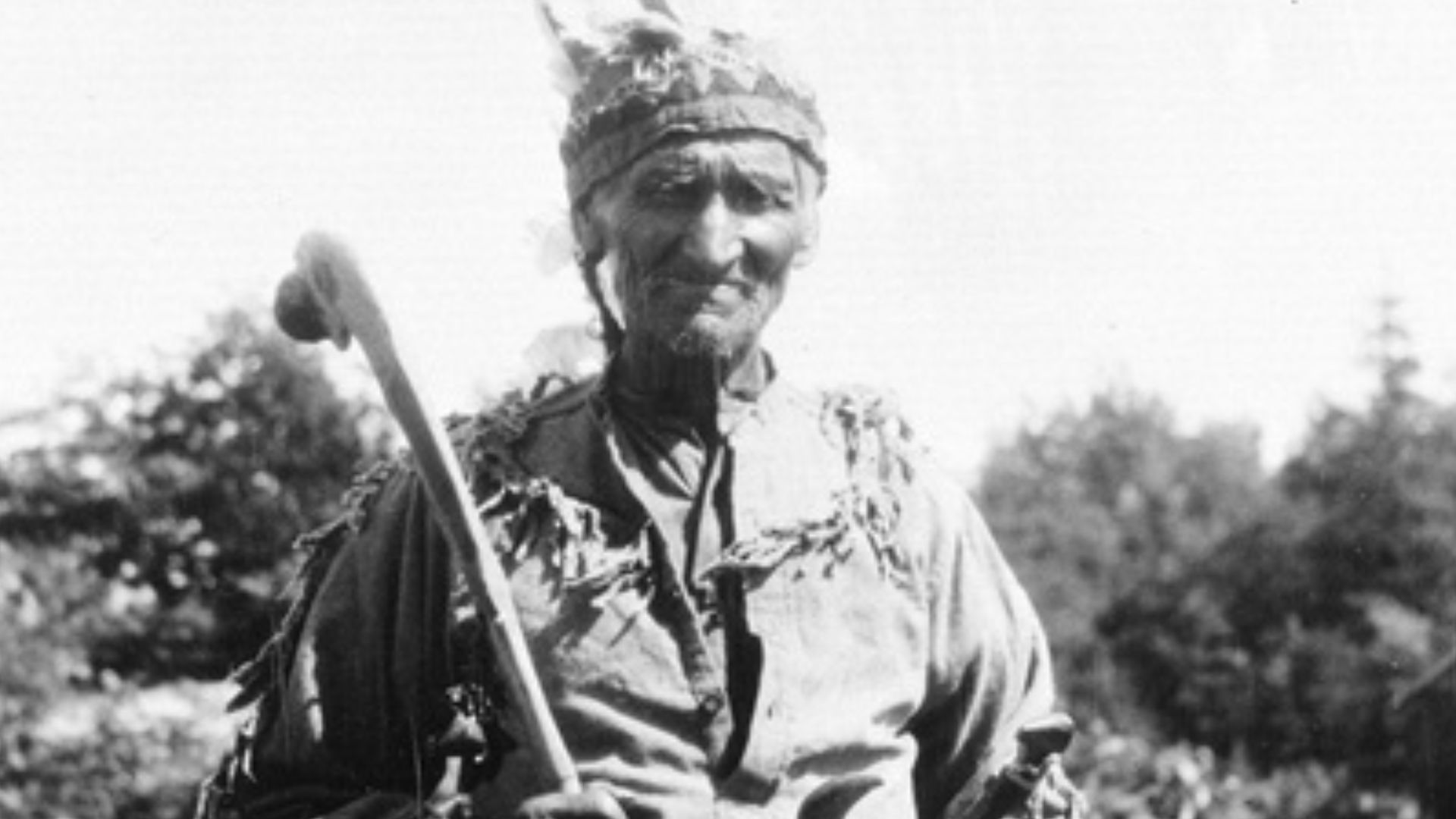 Smithsonian Institution from United States, Wikimedia Commons
Smithsonian Institution from United States, Wikimedia Commons
More On The Council Of The Three Fires
After the Anishinaabe reached North America, they founded "Michilimackinac", or modern-day Mackinac Island, Michigan. Although these three bands would split up, they became known as the Council Of The Three Fires, as per a Potawatomi elder Shup-Shewana, who dated the formation of the Council to 796 AD.
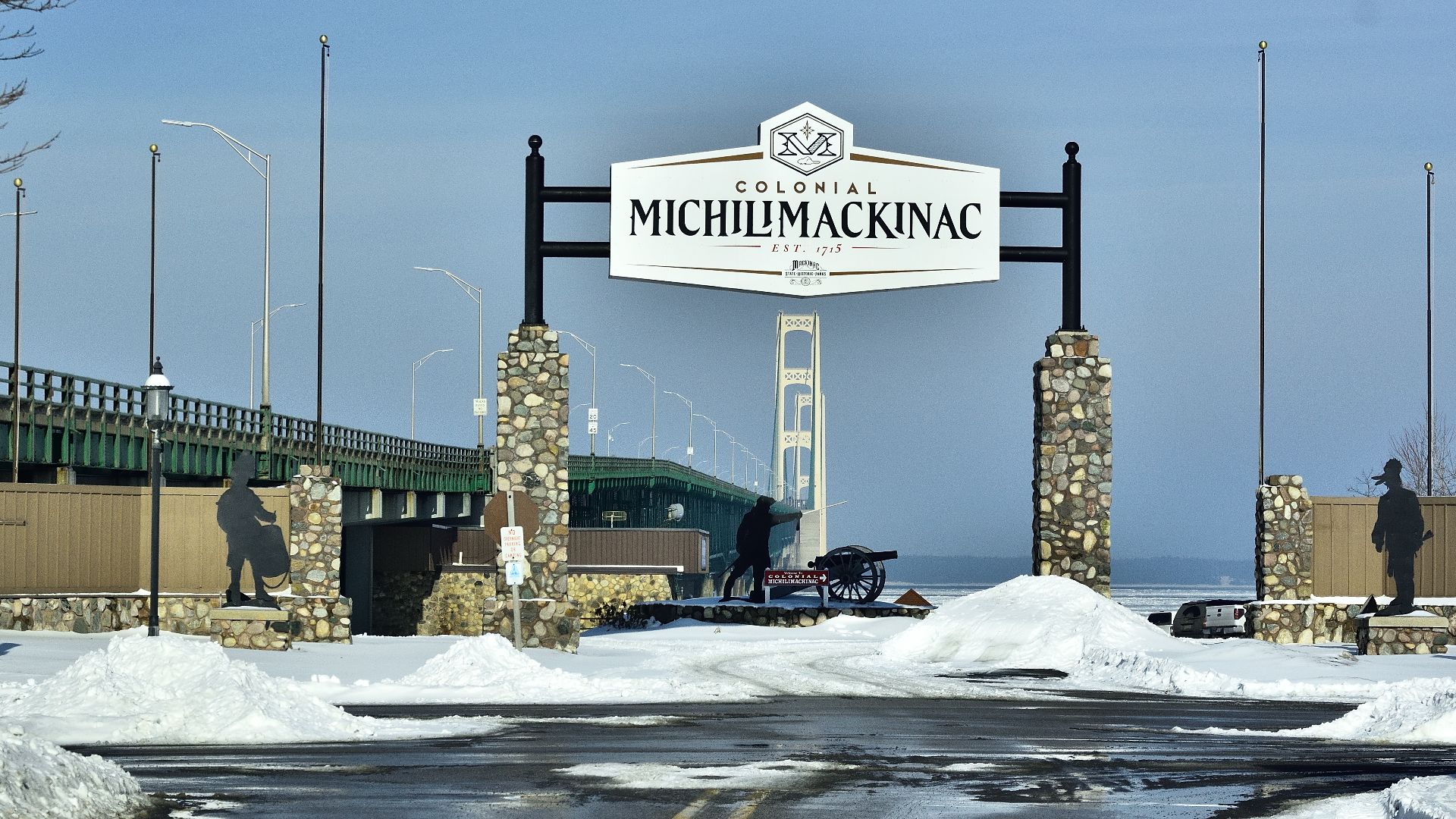 TracieMichelle, Wikimedia Commons
TracieMichelle, Wikimedia Commons
The Three Tribes Of The Council
The Potawatomi, Ojibwe, and Ottawa all had different roles as part of this alliance, which met frequently on Mackinac Island to discuss political and military matters. The Ojibwe were "the keepers of the faith"—the spiritual leadership of the council. The Ottawa, or "Odawa," as spelled in Anishinaabe, were the "keepers of trade". Meanwhile, the Potawatomi were the "keepers of the sacred fire".
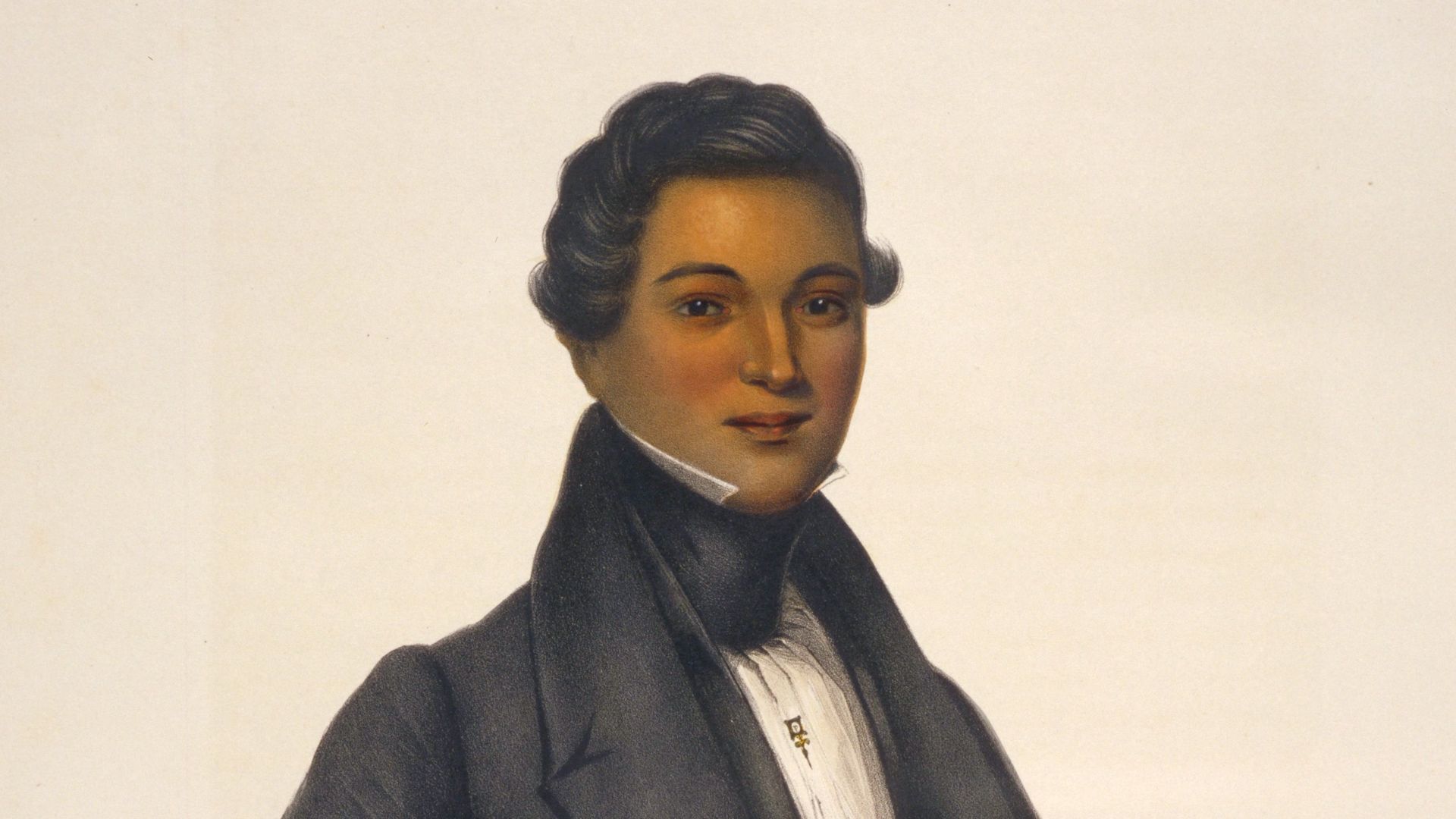 Thomas Loraine McKenney (1785-1859) & James Hall (1793-1868), Wikimedia Commons
Thomas Loraine McKenney (1785-1859) & James Hall (1793-1868), Wikimedia Commons
Taking The Lead
Before European contact, the Potawatomi were the leading tribe among the three tribes that lived on the Strait of Mackinac; the other two, the Ojibwe and the Ottawa, would remain mostly in Canada and parts of the northern United States. However, the Potawatomi would take a different path, moving into the United States.
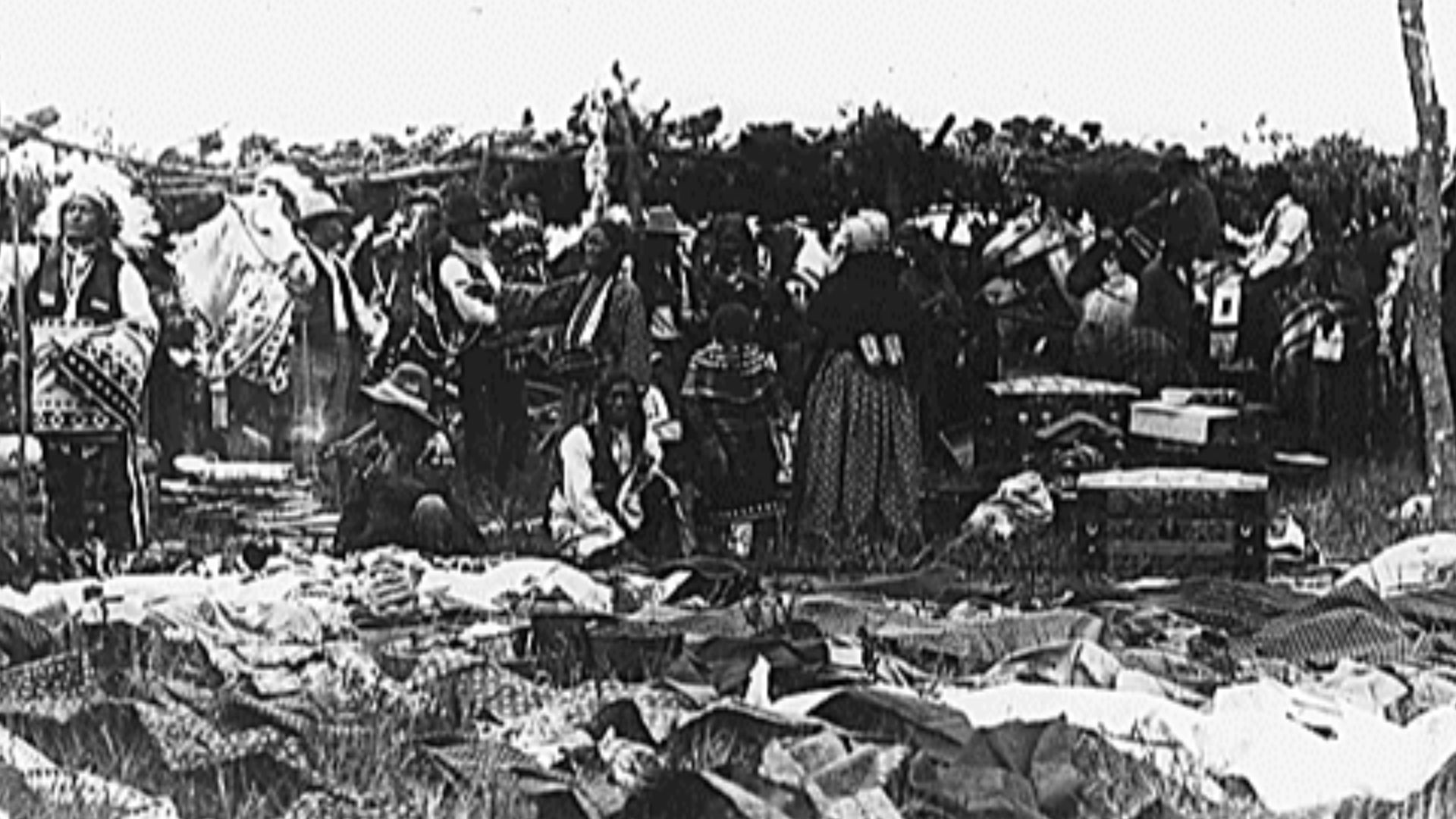 Unknown authorUnknown author or not provided, Wikimedia Commons
Unknown authorUnknown author or not provided, Wikimedia Commons
The Original People
While the word "Anishinaabe" means "People from whence lowered", Basil Johnston, an Anishinaabe historian, holds the view that the Anishinaabe believe they were created by divine breath. However, the word "Potawatomi" in their language means "the original people".
The Potawatomi Language
The Potawatomi language was a central Algonquian language spoken by the around thousands of Potawatomi who lived in the Great Lakes area. However, due to centuries of migration and the loss of linguistic and cultural heritage from forced assimilation through European colonization, there are reportedly fewer than 10 speakers of Potawatomi today.
The Teachings Of The Potawatomi
Like so many Indigenous North American tribes, the teachings of the Potawatomi—that is, the oral history and stories that are passed down from fathers and mothers to sons and daughters—teach their children about the Seven Grandfather Teachings: wisdom, love, respect, humility, honesty, bravery, and truth towards each other and all creation. A beautiful message of equality among all, including other tribes and nature.
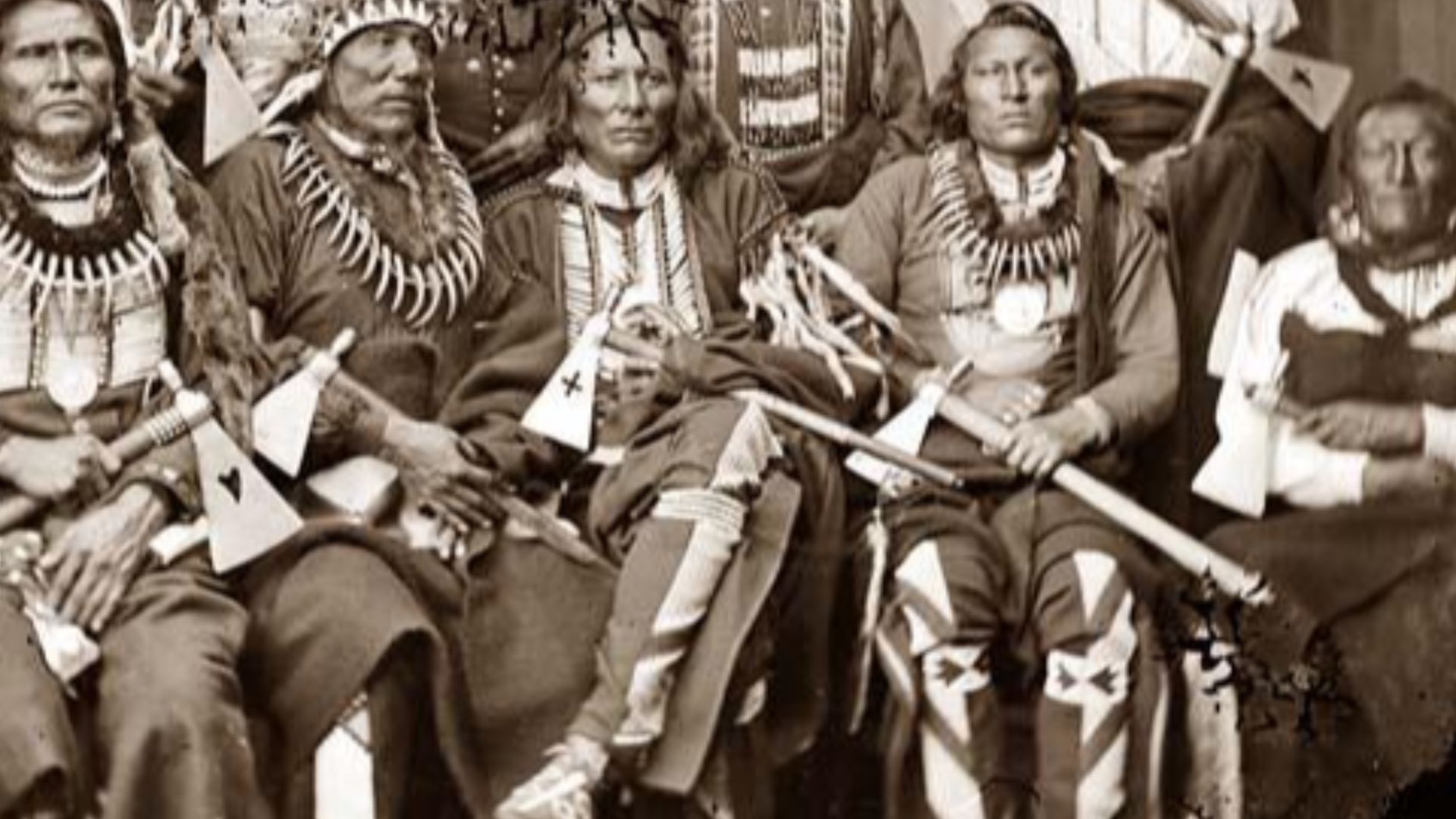 not indicated, Wikimedia Commons
not indicated, Wikimedia Commons
The Water Spider's Journey To Retrieve Fire
An important story that outlines the teachings of the Potawatomi is the tale of a water spider's journey to retrieve a sacred fire so that the other animals in its can could stay warm. While other animals try and retrieve the fire for themselves, including wrestling and bickering about it, the water spider announces that she will be the one to bring the fire back. She successfully retrieves a hot coal and the animals make fire and stay warm. This is one of many stories in Potawatomi tradition that teaches patience and the importance of listening.
First Contact With The French
Despite the Potawatomi's history predating European contact by several centuries, not much is known about them to the outside world prior to 1615, when French explorers came across the Potawatomi for the first time while exploring western Michigan.
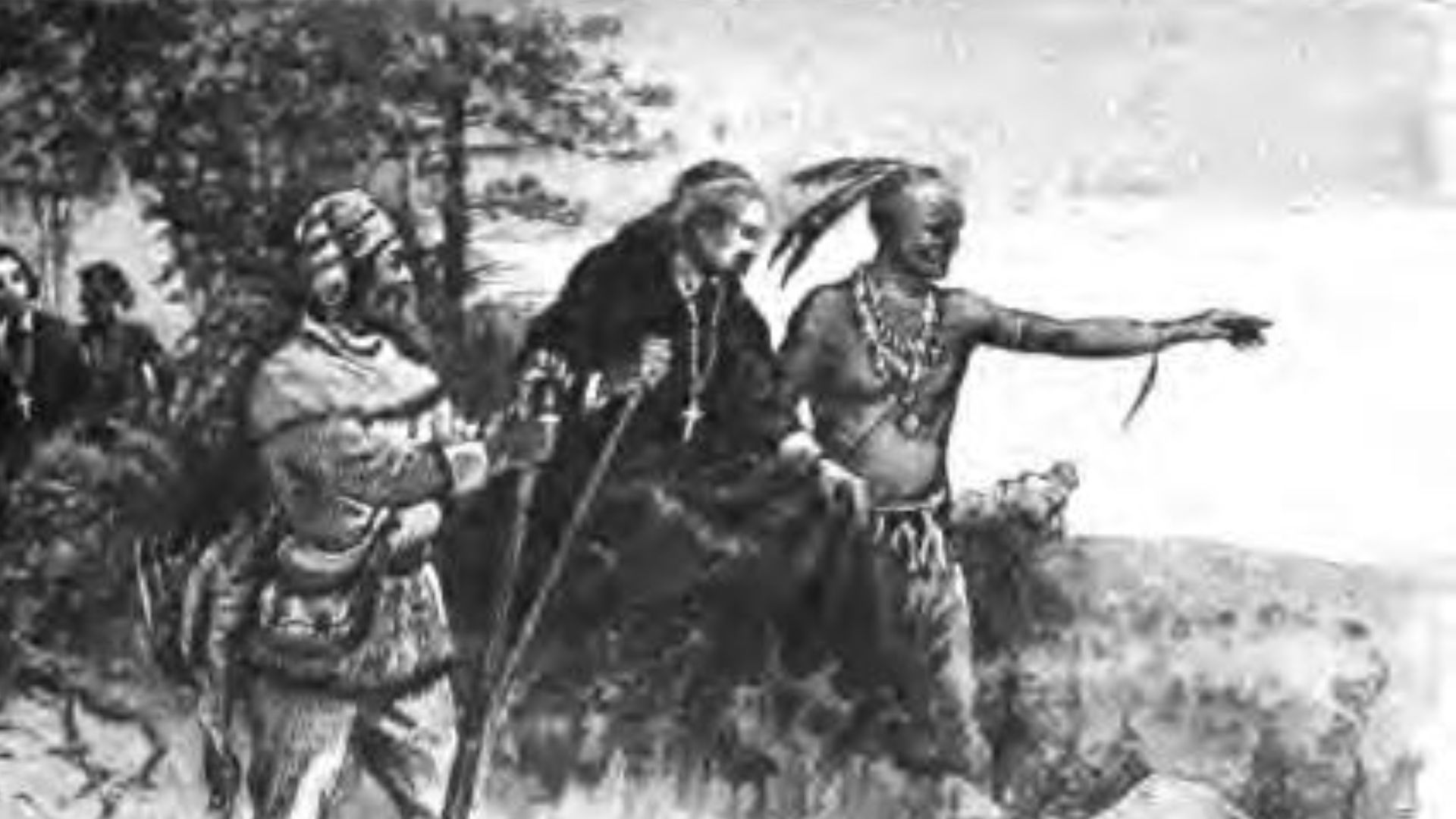 Maurice Thompson, Wikimedia Commons
Maurice Thompson, Wikimedia Commons
The Potawatomi Meet Jean Nicolet
Jean Nicolet was a French explorer who met the Potawatomi on Mackinac Island and Lake Michigan in 1634. While not the first French explorer that the Potawatomi had met, Nicolet and the Potawatomi established an immediate trade relationship that would continue to be prosperous for both parties for decades, until the Beaver Wars.
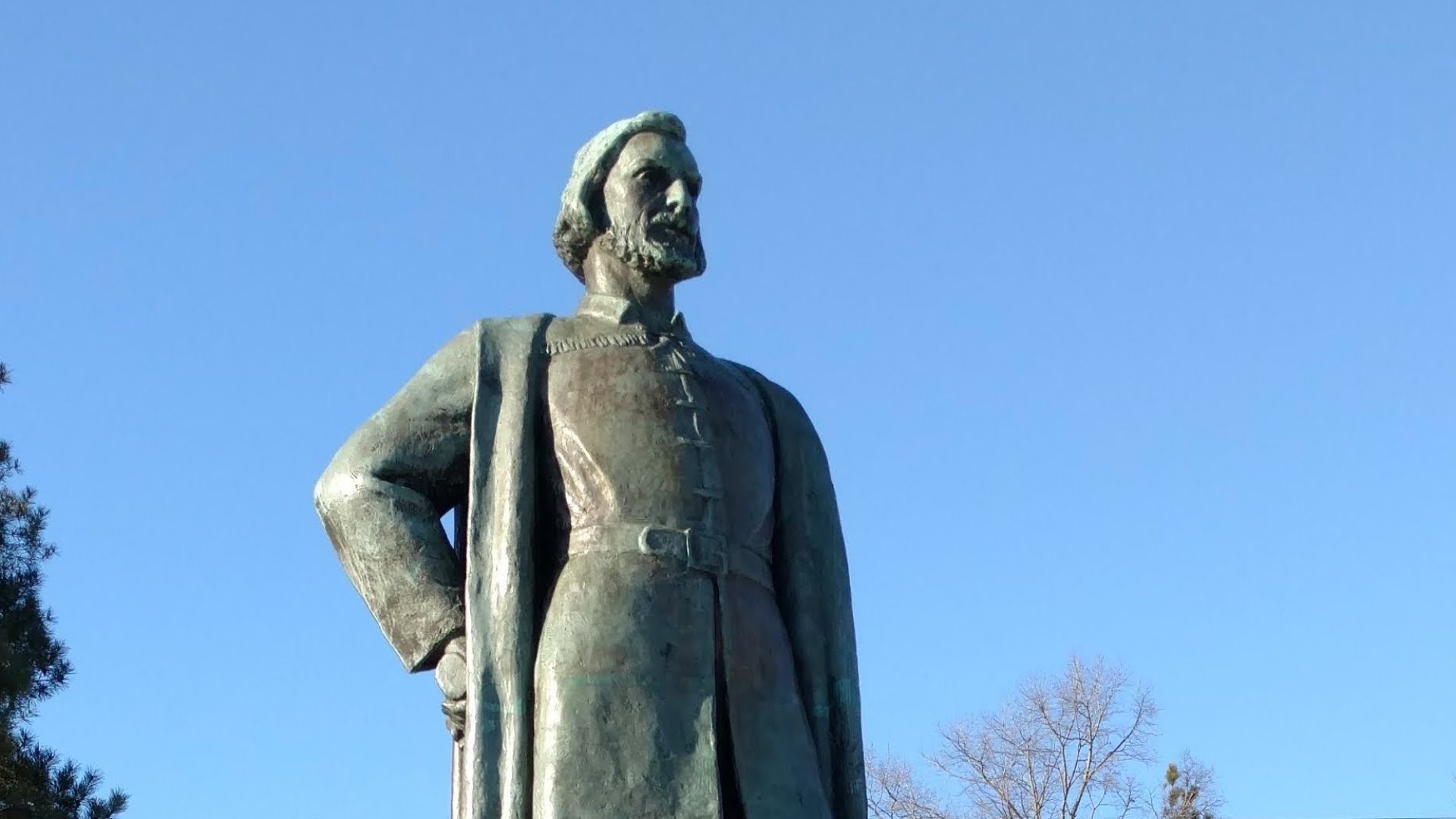 Skiba, Justin M., Wikimedia Commons
Skiba, Justin M., Wikimedia Commons
Participation In The Beaver Wars
The Beaver Wars were a series of conflicts between several Indigenous tribes between 1628 and 1701. These were mostly conflicts over trade monopolies (in the case of the Potawatomi) and incursions by rival Indigenous tribes onto their lands, particularly the Iroquois Confederacy.
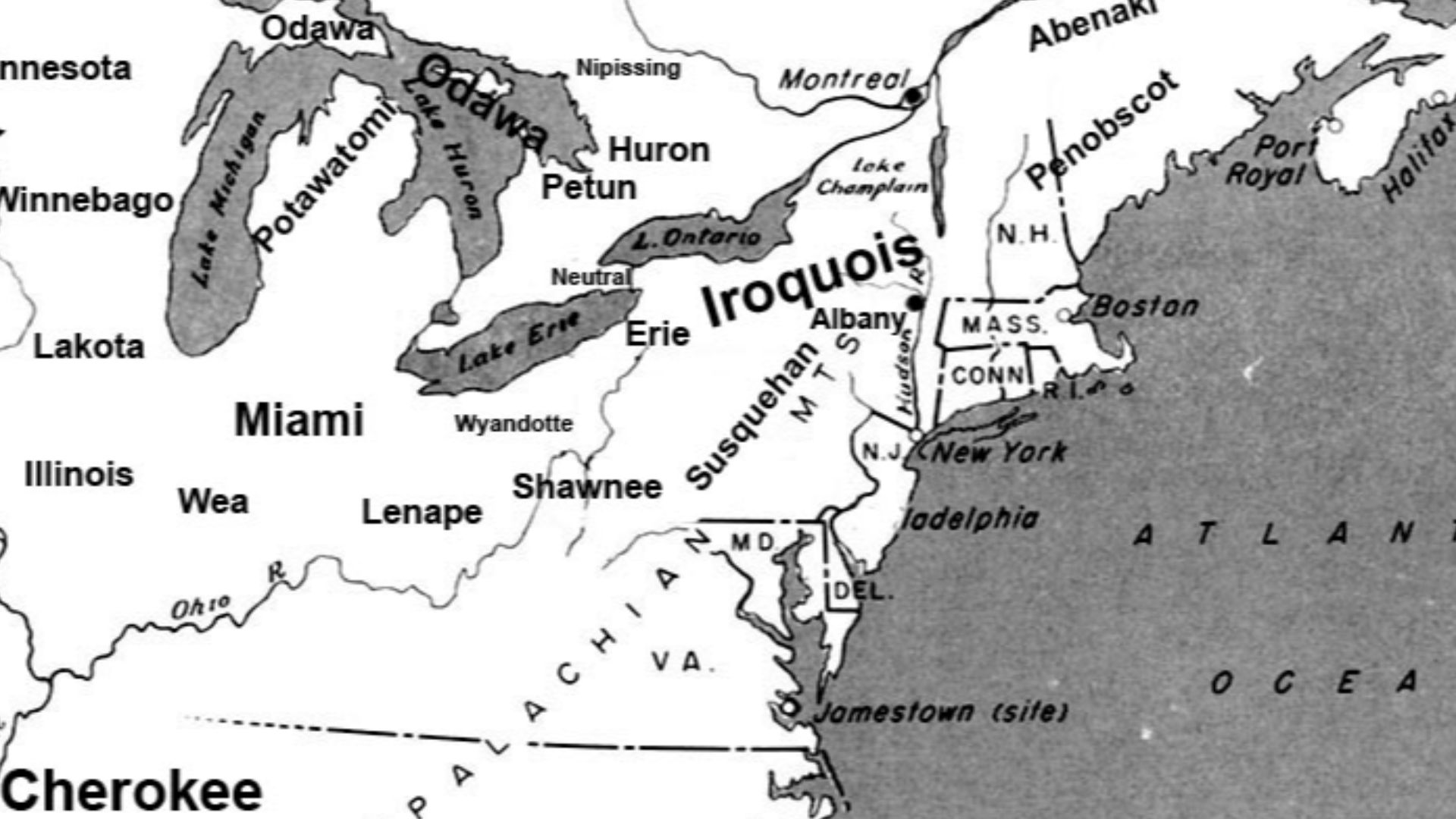 Charles Edward, Wikimedia Commons
Charles Edward, Wikimedia Commons
The Iroquois Confederacy Invades The Great Lakes
Hearing of the burgeoning trade relationship between the French and the Potawatomi, the Iroquois Confederacy mounted a war party and began launching a series of invasions of Potawatomi territory. This series of invasions lasted for several decades.
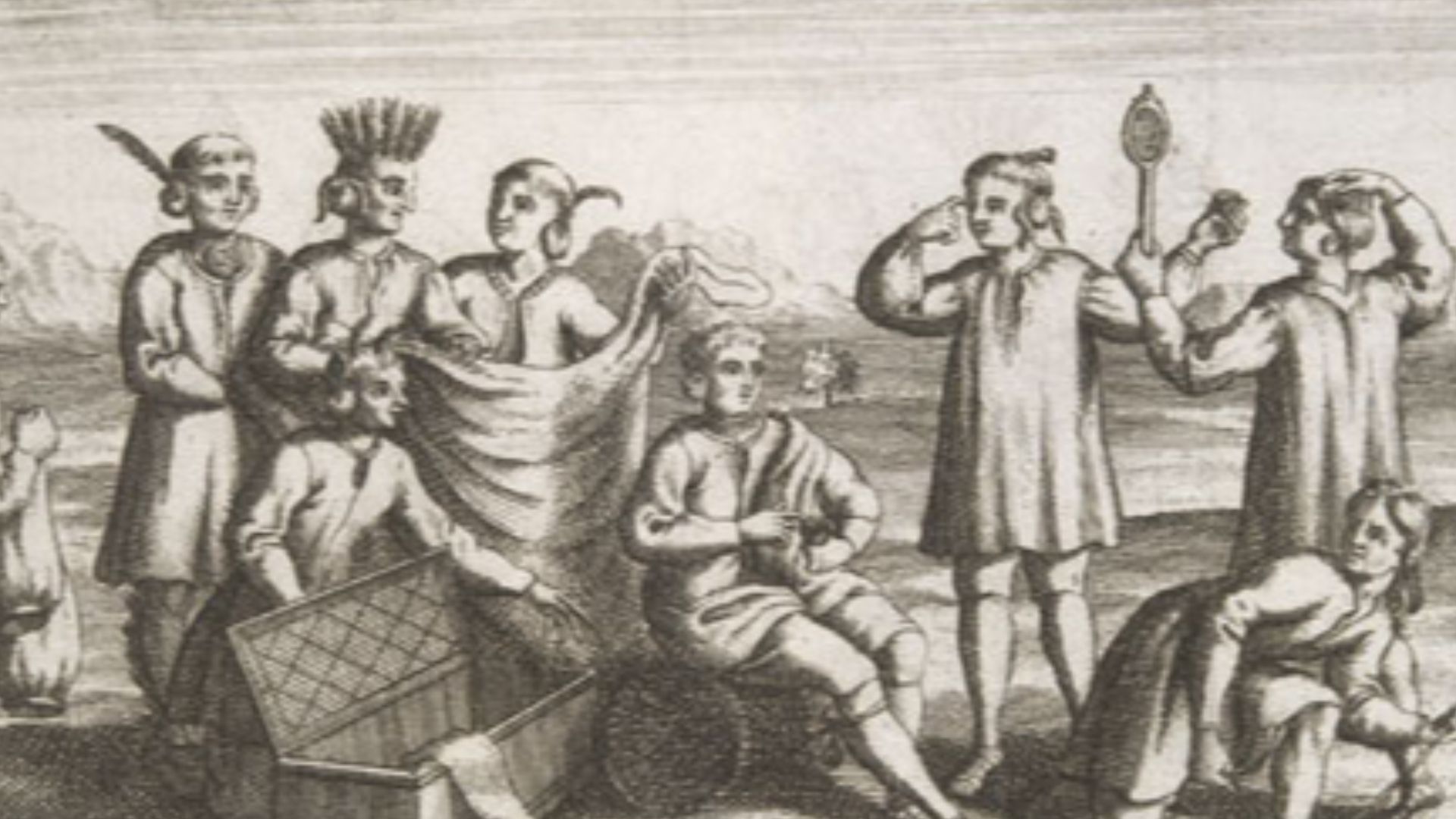 Bacqueville de La Potherie, Wikimedia Commons
Bacqueville de La Potherie, Wikimedia Commons
The Iroquois Begin To Dominate & Push The Potawatomi Out
Despite fighting bravely in many battles against the Iroquois during the mid-17th century, the Potawatomi were pushed out of their territory by the invading Iroquois, losing their fur trade relations with the French in the process. This not only decimated the Potawatomi population, but also their ability to participate in trade. They had to seek a new home.
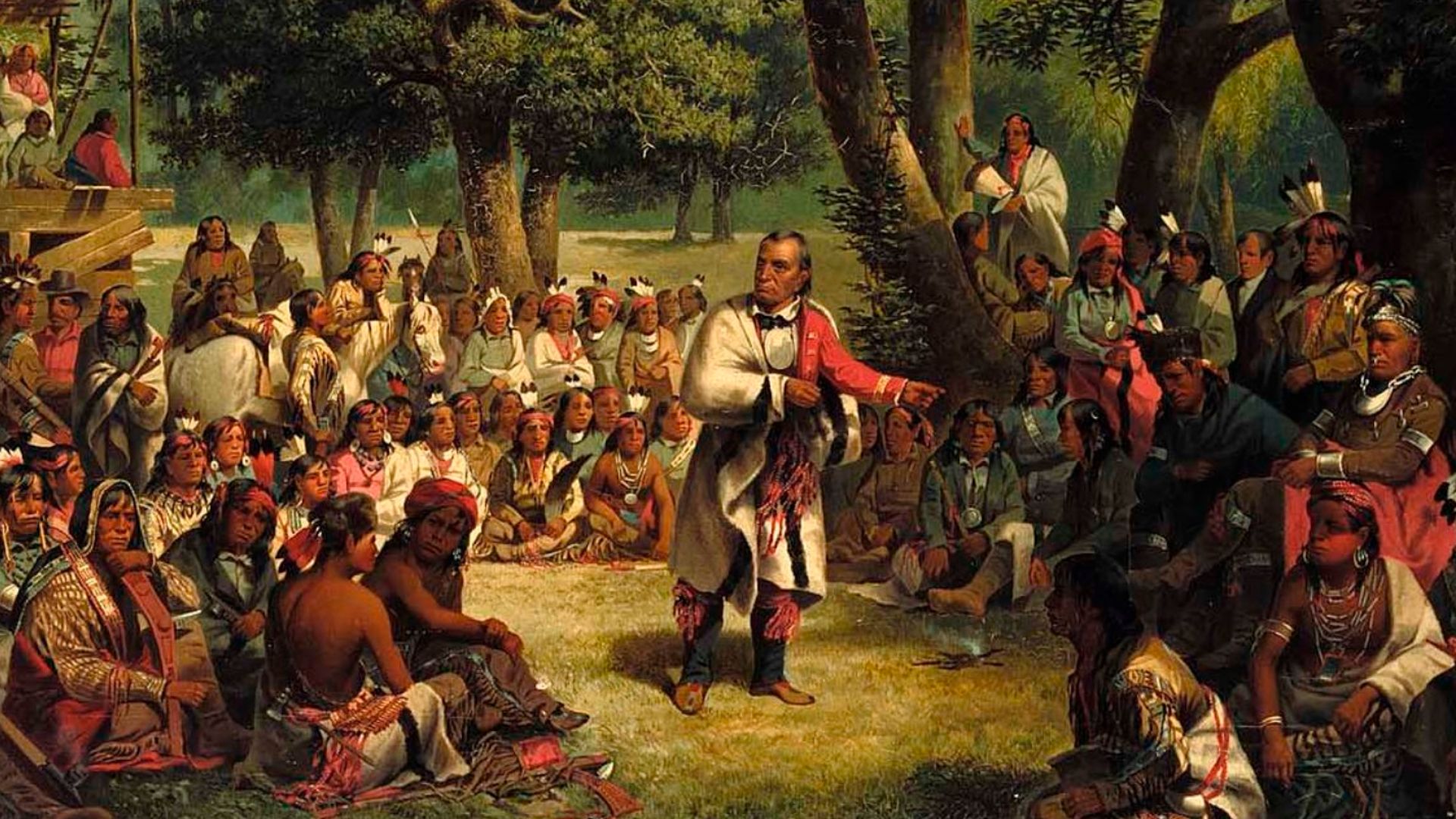 John Mix Stanley, Wikimedia Commons
John Mix Stanley, Wikimedia Commons
Forming An Alliance With The English
In order to survive, the Potawatomi developed alliances with the two European colonial powers with a vested interest in North America: France first, then England in 1664. That year, the English took over upper New York, a former Dutch colony. The presence of the English meant that the Potawatomi had a new trading partner, connected via the waterways of Lake Erie.
 No machine-readable author provided. GandZ assumed (based on copyright claims)., Wikimedia Commons
No machine-readable author provided. GandZ assumed (based on copyright claims)., Wikimedia Commons
Not Every Potawatomi Band Approved Of This New Alliance
The Potawatomi were spread out after being thrown out of Michigan by the Iroquois. While Potawatomi based in eastern Michigan benefited from this new relationship, Potawatomi bands based in Wisconsin maintained a healthy skepticism of the British, even leading revolts against the British decades later.
Renewing An Alliance With The French
"The enemy of my enemy is my friend" may best describe how the Potawatomi (and many other Indigenous tribes) forged alliances in the 17th century. Their alliance with the French would prove key in the ensuing months of peace talks between the Iroquois, French, and English.
The Iroquois Eventually Retreat
By 1701, the Iroquois had given up their quest to dominate the eastern half of the United States and Canada, retreating back to their original territories as part of a peace treaty negotiated by the Potawatomi's old friends: the French. The Potawatomi moved back into the western shores of Lake Michigan and expanded their territory across many other states.
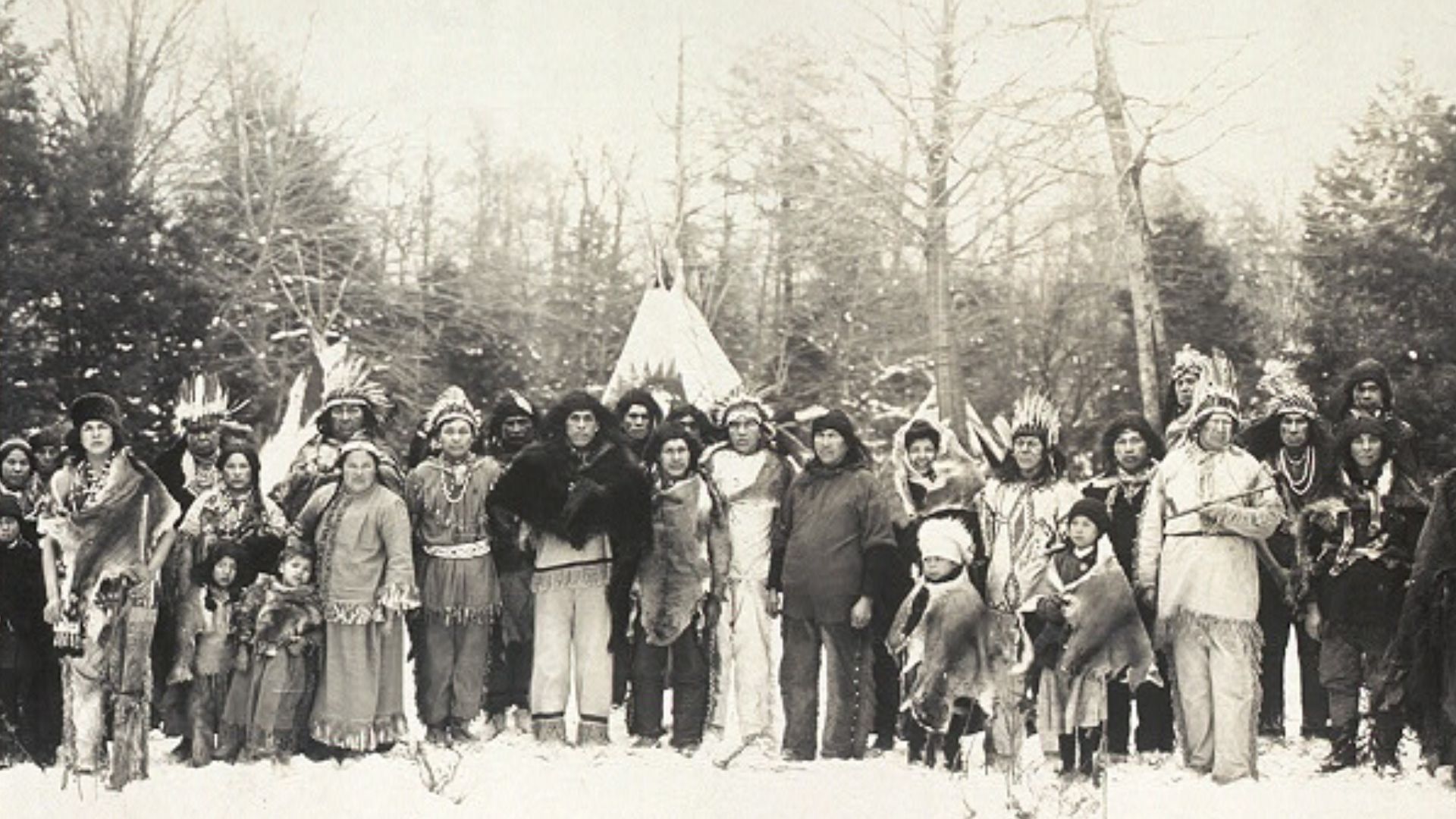 Uploaded to EN wiki by Chris 73, Wikimedia Common
Uploaded to EN wiki by Chris 73, Wikimedia Common
The Great Peace Of Montreal
Two tribal chiefs of the Potawatomi, Onangises and Winemac, came to Montreal to sign a peace treaty brokered by the French, which effectively ended the decades-long conflict between the French and various Indigenous tribes, mostly notably the Iroquois Confederacy. Known as the Great Peace of Montreal, it established clear territorial borders for the first time and established a collective trading relationship between 39 Indigenous tribes and the Government of New France, which at the time spanned an area covering most of eastern Canada.
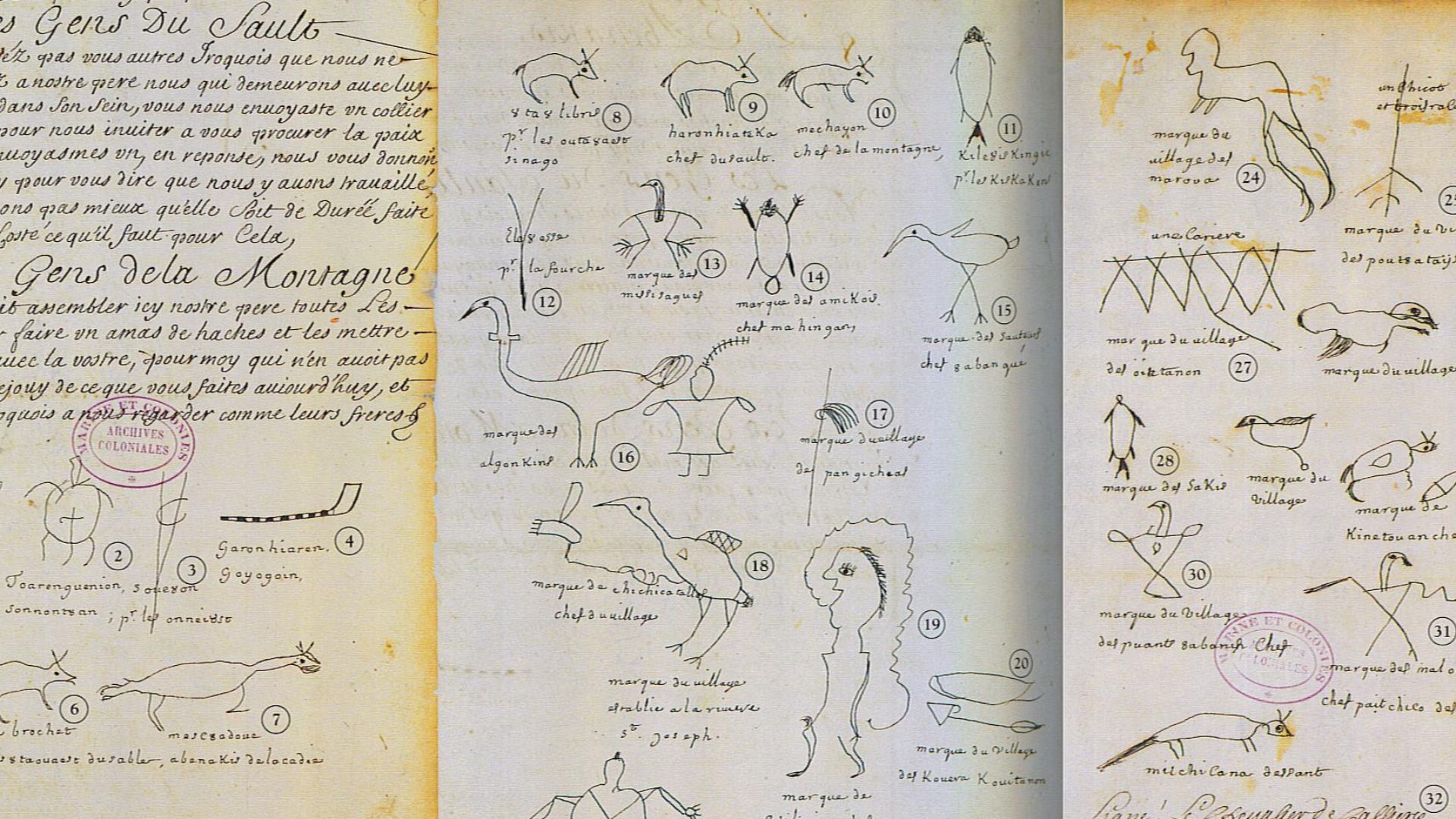 Secrétaire de Callière et autre main (pour les pictogrammes), Wikimedia Commons
Secrétaire de Callière et autre main (pour les pictogrammes), Wikimedia Commons
The Fox Wars Begin
Despite the Great Peace, many Indigenous tribes were unhappy with their lot: that as subjects of the French empire. They formed alliances of their own. Fellow Wisconsinites, the Fox Indians, began to raise raiding parties against the French, leading to two conflicts known as the Fox Wars. These wars were fought over control of a river which was critical for trade. Needing allies against the Fox Indians, the French called on the Potawatomi.
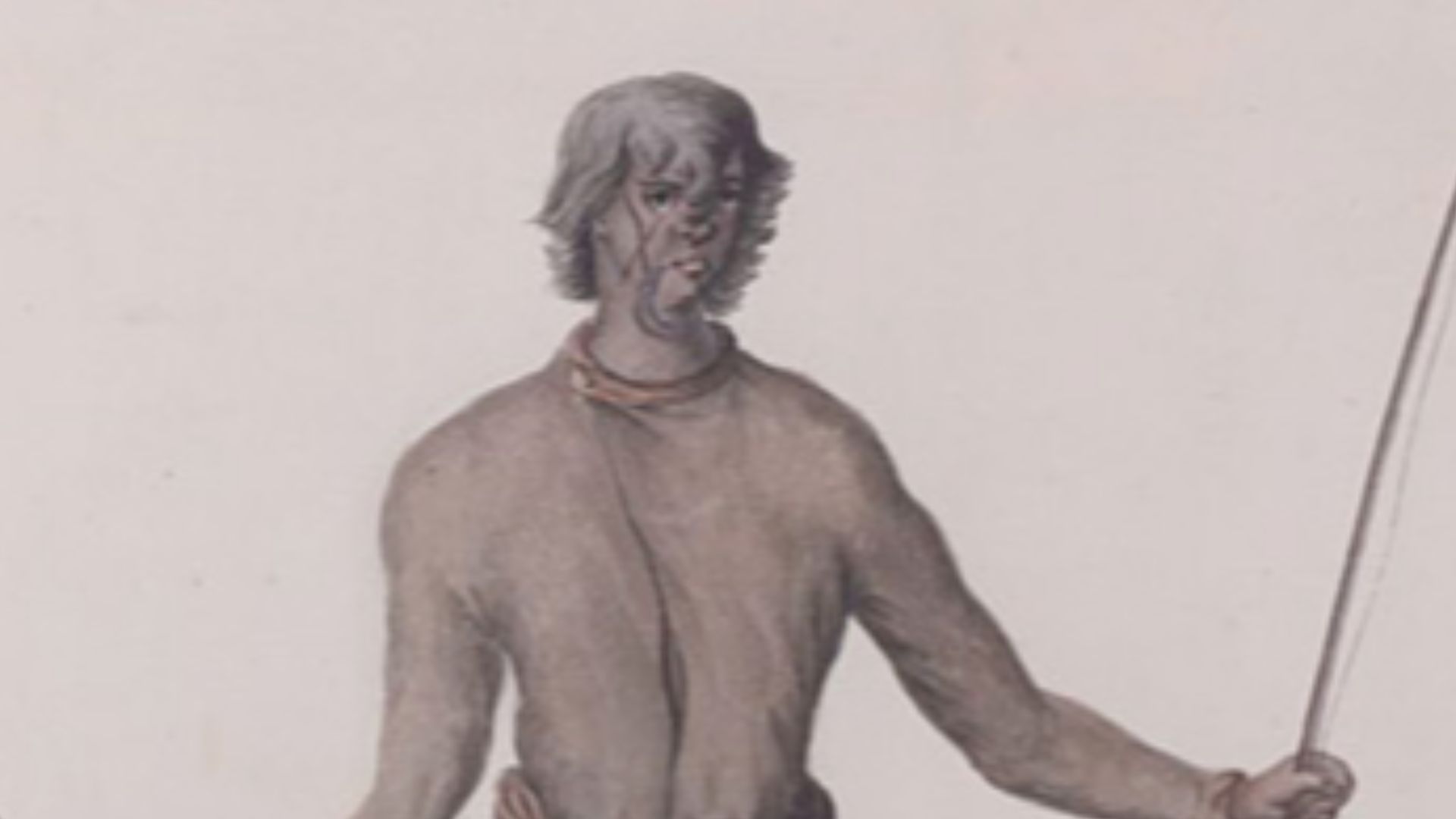 AnonymousUnknown author, Wikimedia Commons
AnonymousUnknown author, Wikimedia Commons
Fighting On The Side Of The French
The Potawatomi answered the call of their French allies repeatedly, fighting in the Battle of Fort Pontchartrain in Detroit, and against the Chickasaw Tribe in the skirmishes between them and the French from 1731 till 1740. The Potawatomi and their French Army partners would travel as far south as Tennessee to fight the Chickasaw.
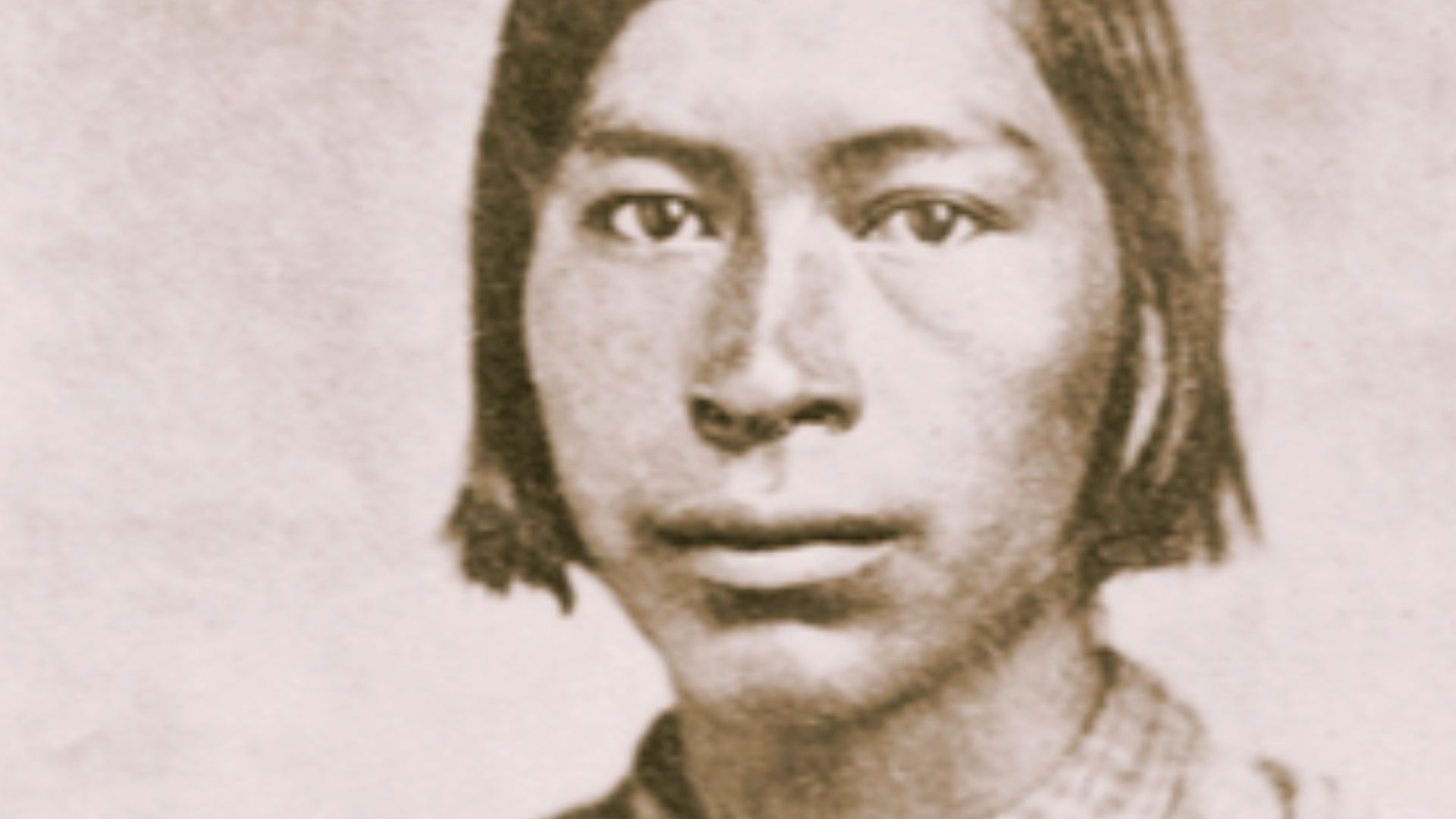 Unknown authorUnknown author, Wikimedia Commons
Unknown authorUnknown author, Wikimedia Commons
Participating In The French and Indian War
Beginning in 1754, the French would again call on their alliance with the Potawatomi, this time to aid them in fighting in the French and Indian War that raged for nine years until 1763. This would once again pit the Potawatomi against their Native American brethren—and their old allies, the English colonists.
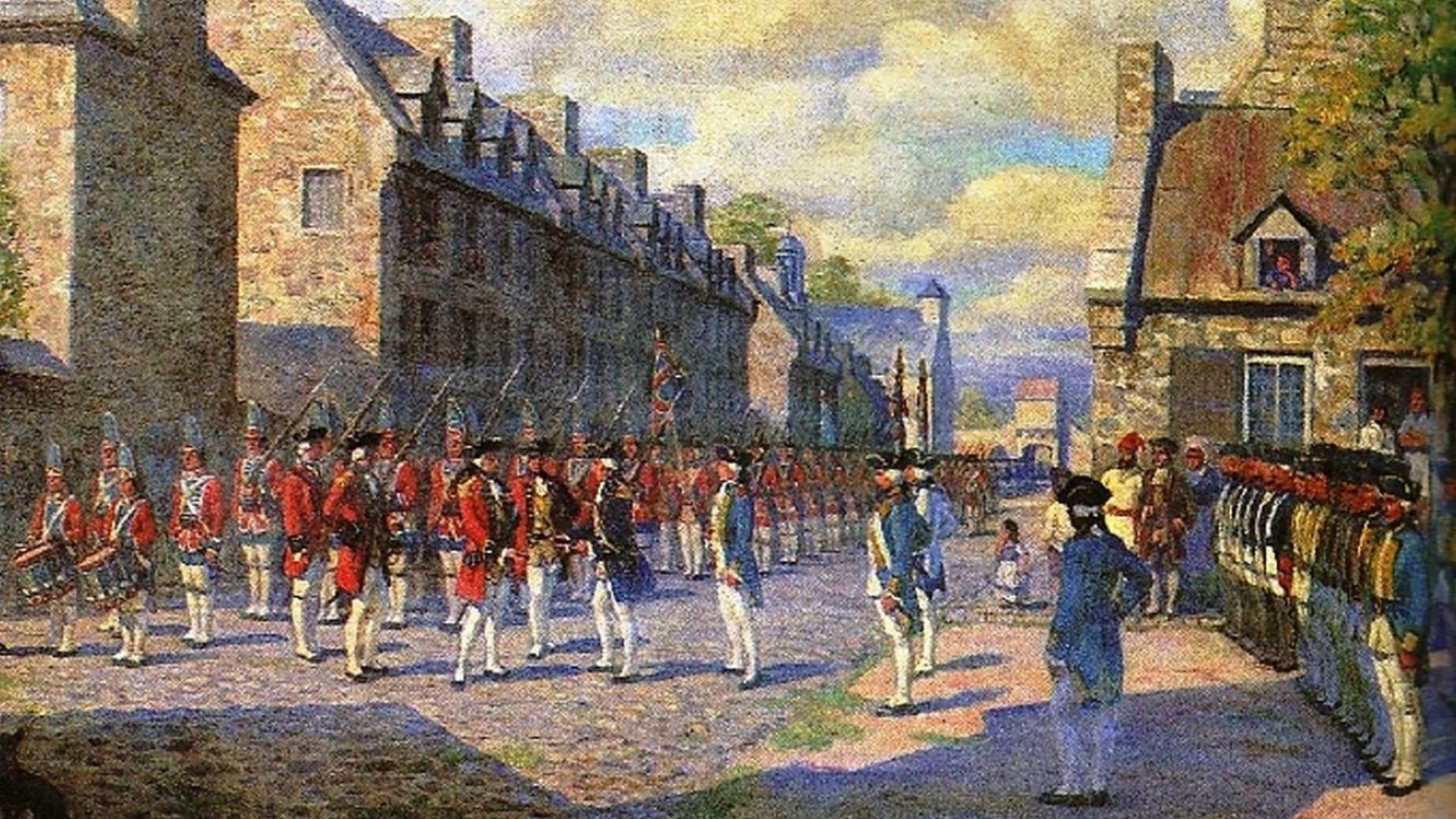 Unknown authorUnknown author, Wikimedia Commons
Unknown authorUnknown author, Wikimedia Commons
Laying An Ambush In 1755
One year after the start of the French and Indian War, the Potawatomi played a key role in the Battle of Monongahela, present-day Pennsylvania. A British force of 1,300 troops were defeated by 637 First Nations troops. The Potawatomi and their allies, the Ottawa and Ojibwe, laid a trap for British forces, as the British had walked straight into their traditional hunting grounds. They knew the area like the back of their hand.
Sending A Brutal Message
The Potawatomi, Ottawa, and Ojibwe tribes would be fired upon first by the British, spotting them in the trees. But, as the Potawatomi were experts of hunting, trapping, and stalking, they snuck up behind the British. They nailed the scalps of the fallen British to trees.
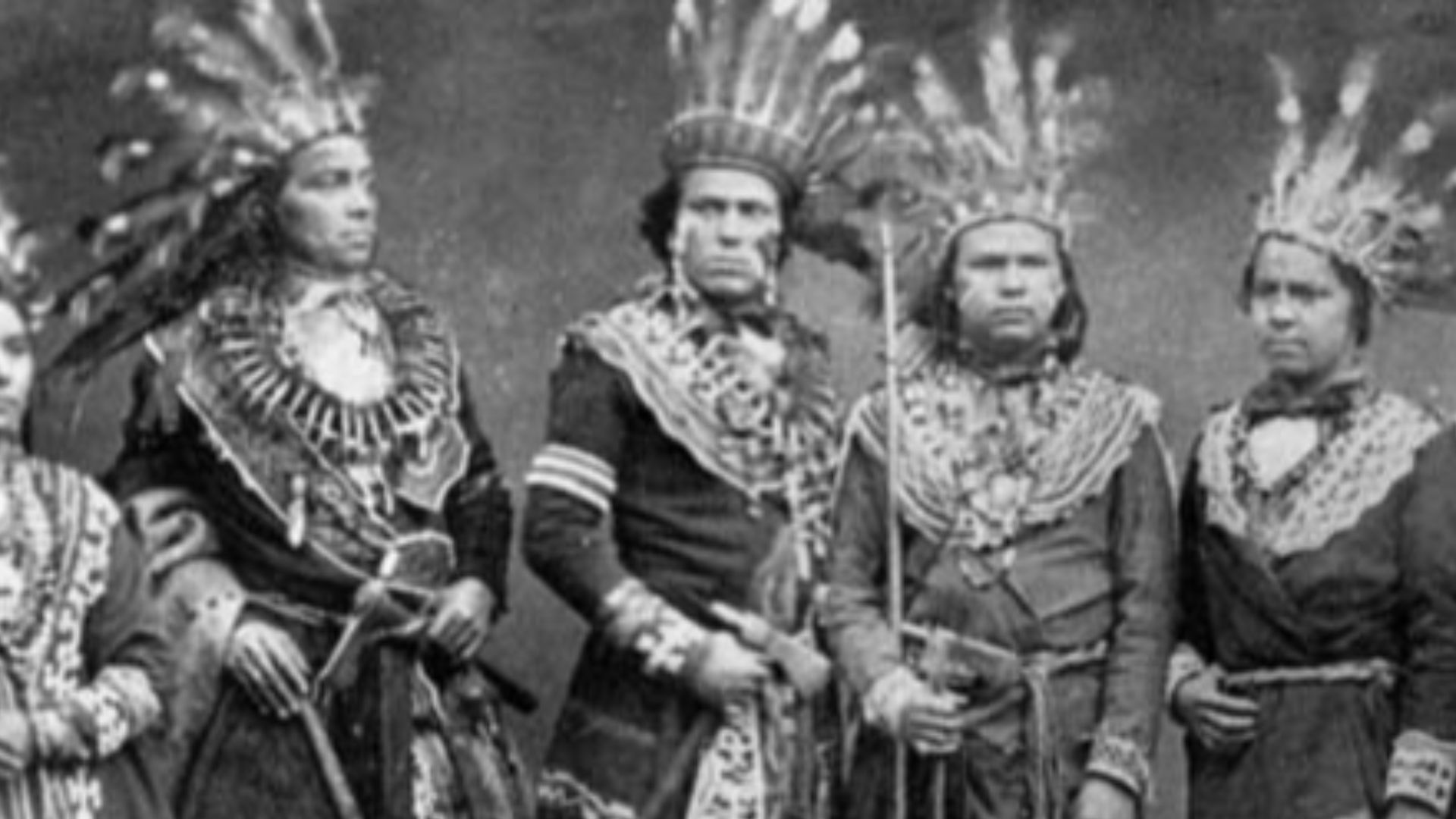 Unidentified photographer, Wikimedia Commons
Unidentified photographer, Wikimedia Commons
The Massacre Of Fort William Henry
Another pivotal battle of the French and Indian War came in 1757, at Fort William Henry in New York. A contingent of 6,000 French soldiers and 1,800 Native Americans, including Potawatomi, laid siege to Fort William Henry in New York, a key British outpost. They captured some 2,300 British soldiers on August 10, 1757. This resounding defeat by the French and Native American forces caused the British to behave much more brutally and without much regard for human life for the remainder of the war.
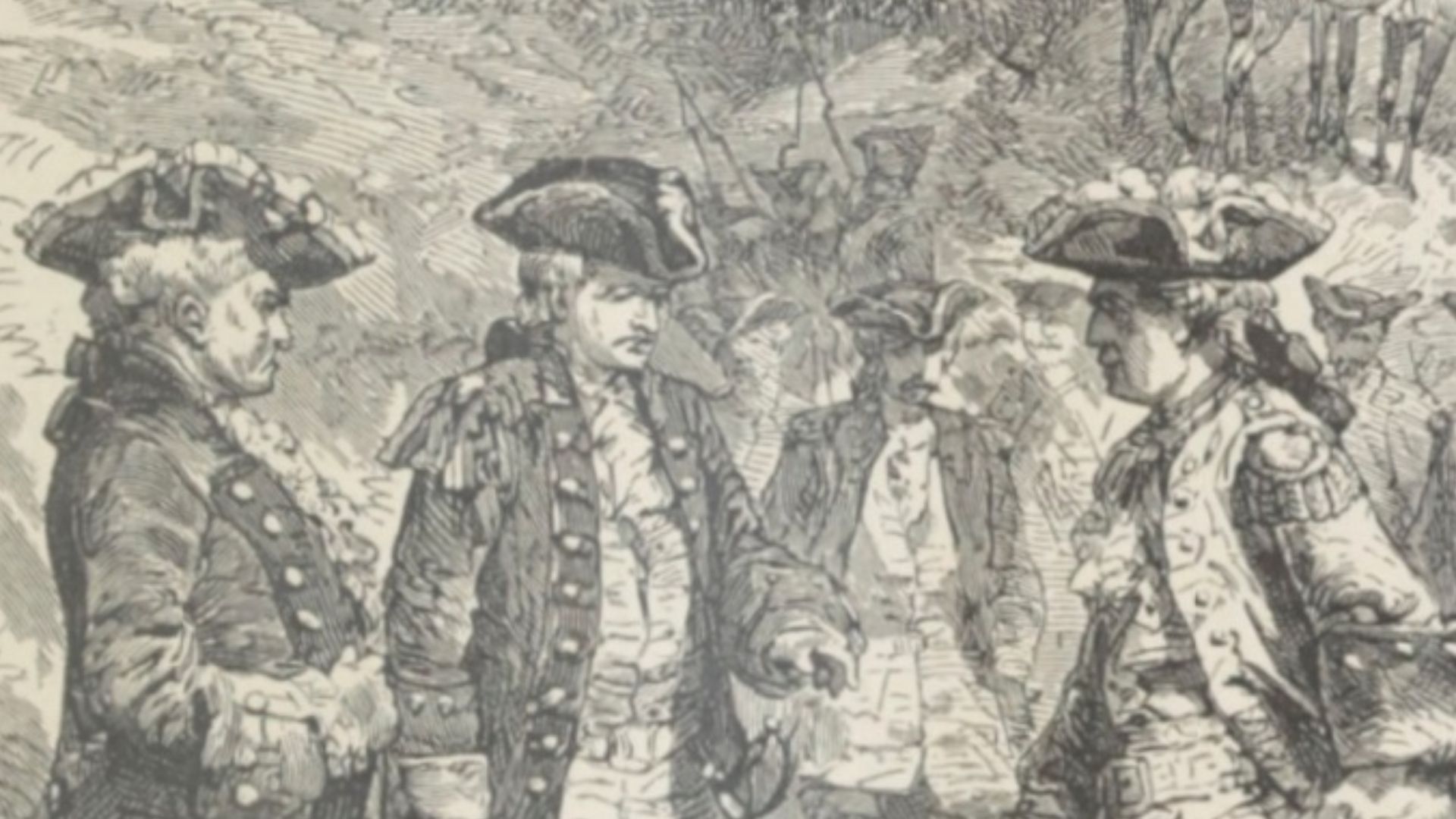 Riou, Roussel (?), Wikimedia Commons
Riou, Roussel (?), Wikimedia Commons
A Century Marked By War
It could be said that for the Potawatomi, the 18th century was marked by war and conflict. After the conclusion of the French and Indian War in 1763, the Potawatomi next went into battle during the American Revolution, which began in 1776. Between then and 1780, the Potawatomi frequently fought against frontiersmen and British-Americans seeking to take their land.
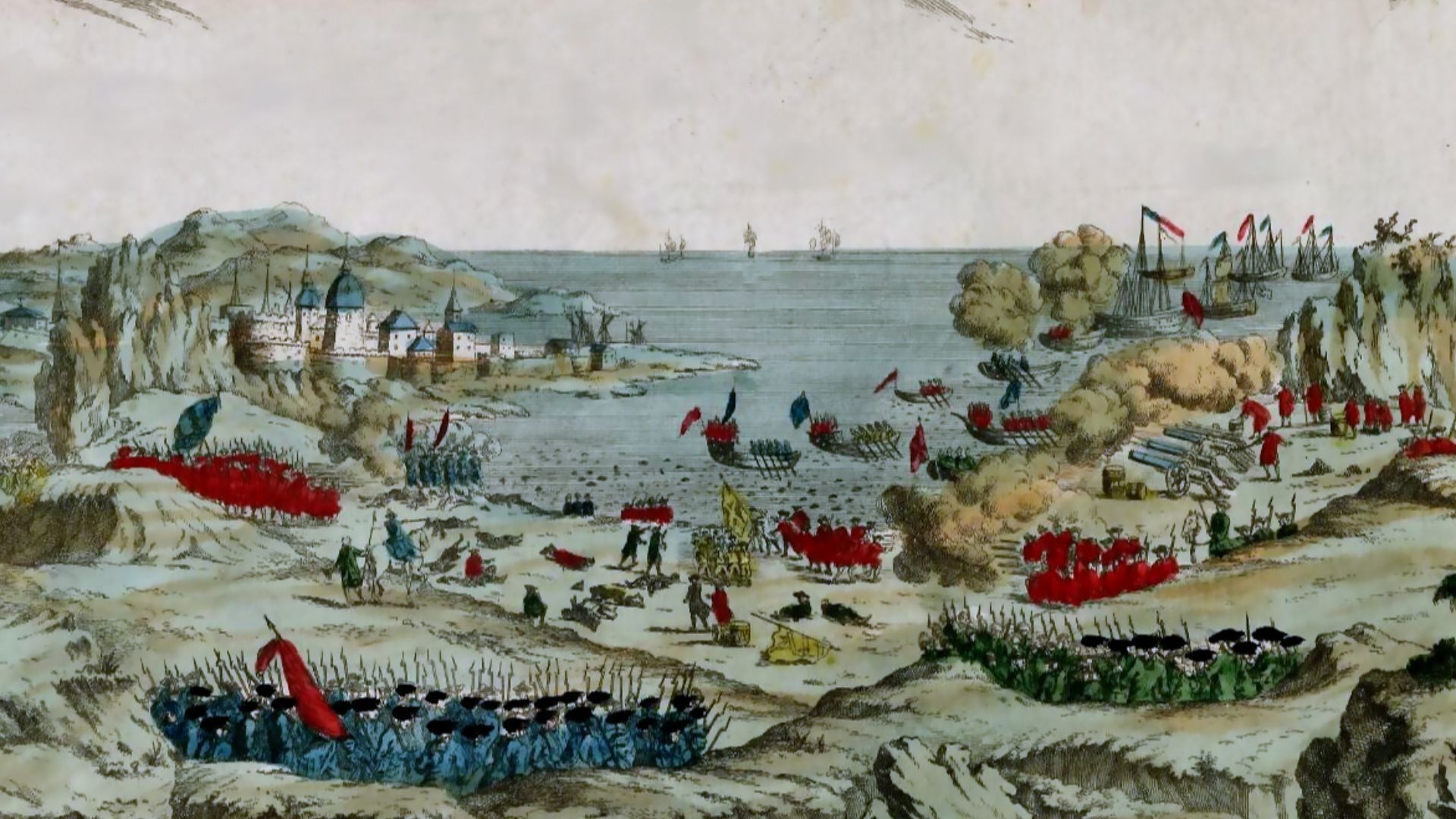 AnonymousUnknown author, Wikimedia Commons
AnonymousUnknown author, Wikimedia Commons
The Aftermath Of The American Revolutionary War
In the immediate aftermath of the American Revolutionary War, it became clear to the Potawatomi that the Americans intended to settle the lands that they'd held onto through thick and thin during the previous century. There was a growing resentment among the Potawatomi that led them to follow a new pair of chiefs: Tenskwatawa and his brother, the infamous Tecumseh.
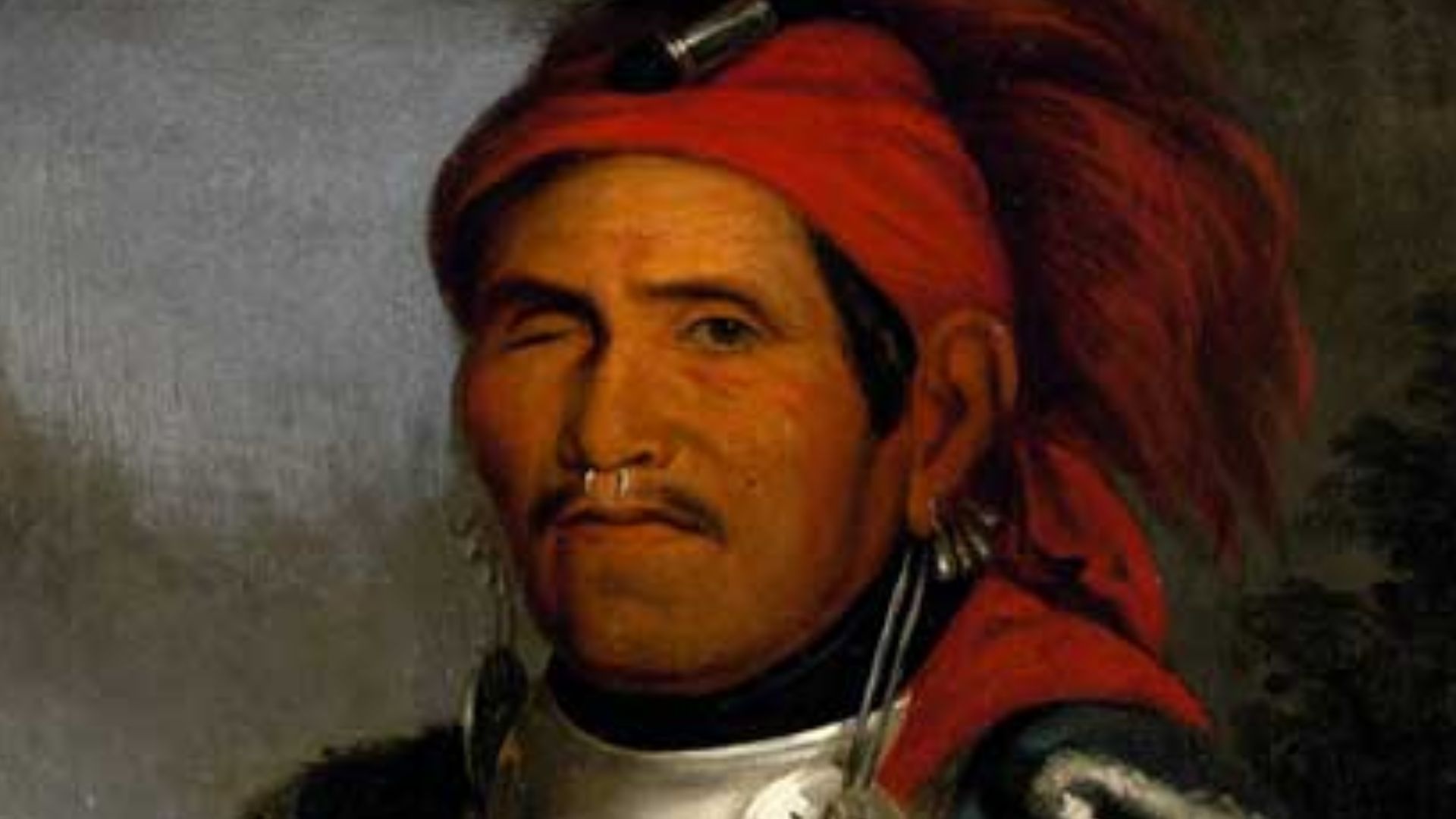 Charles Bird King, Wikimedia Commons
Charles Bird King, Wikimedia Commons
Becoming Part Of Tecumseh's Confederacy
Fabled Shawnee warrior Tecumseh was raising an army to fight against the Americans following the War of 1812. He established a confederacy that mirrored the Iroquois Confederacy, but with the sole goal of beating the Americans back from the lands that were previously owned and managed by First Nations people. Many Potawatomi joined the forces of the Shawnee warriors.
Defeating The Americans At Fort Dearborn In 1812
As part of the alliance with Tecumseh, Potawatomi warriors were used extensively in skirmishes with American forces. With British support, the Potawatomi attacked the US Army at Fort Dearborn in 1812, overwhelming a departing American column with 500 warriors led by Chiefs Blackbird and Nuscotomeg. Despite fighting, the British ceded territory to the Americans in 1814 at the end of the War of 1812—hundreds of thousands of First Nations got the short end of the stick.
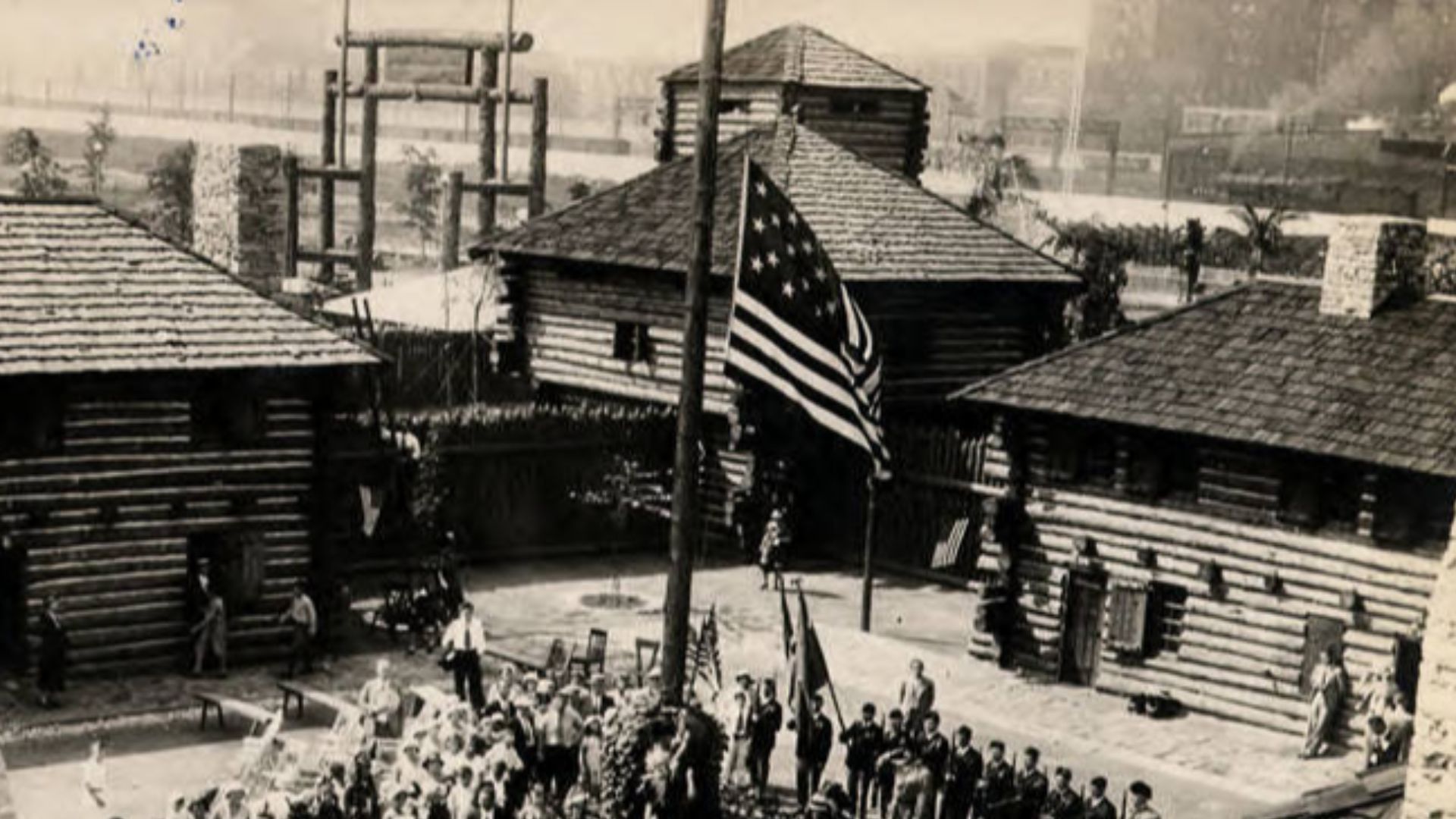 Unknown authorUnknown author, Wikimedia Commons
Unknown authorUnknown author, Wikimedia Commons
Potawatomi Are Moved On Again
Despite settling in areas like Wisconsin and Michigan for centuries, the Potawatomi drew the short straw after the Treaty of Ghent was signed, ending the war and ceding British territory to the US Government. Shortly thereafter, the US Government began settling territory in the Midwest, rapidly moving out the former Potawatomi inhabitants.
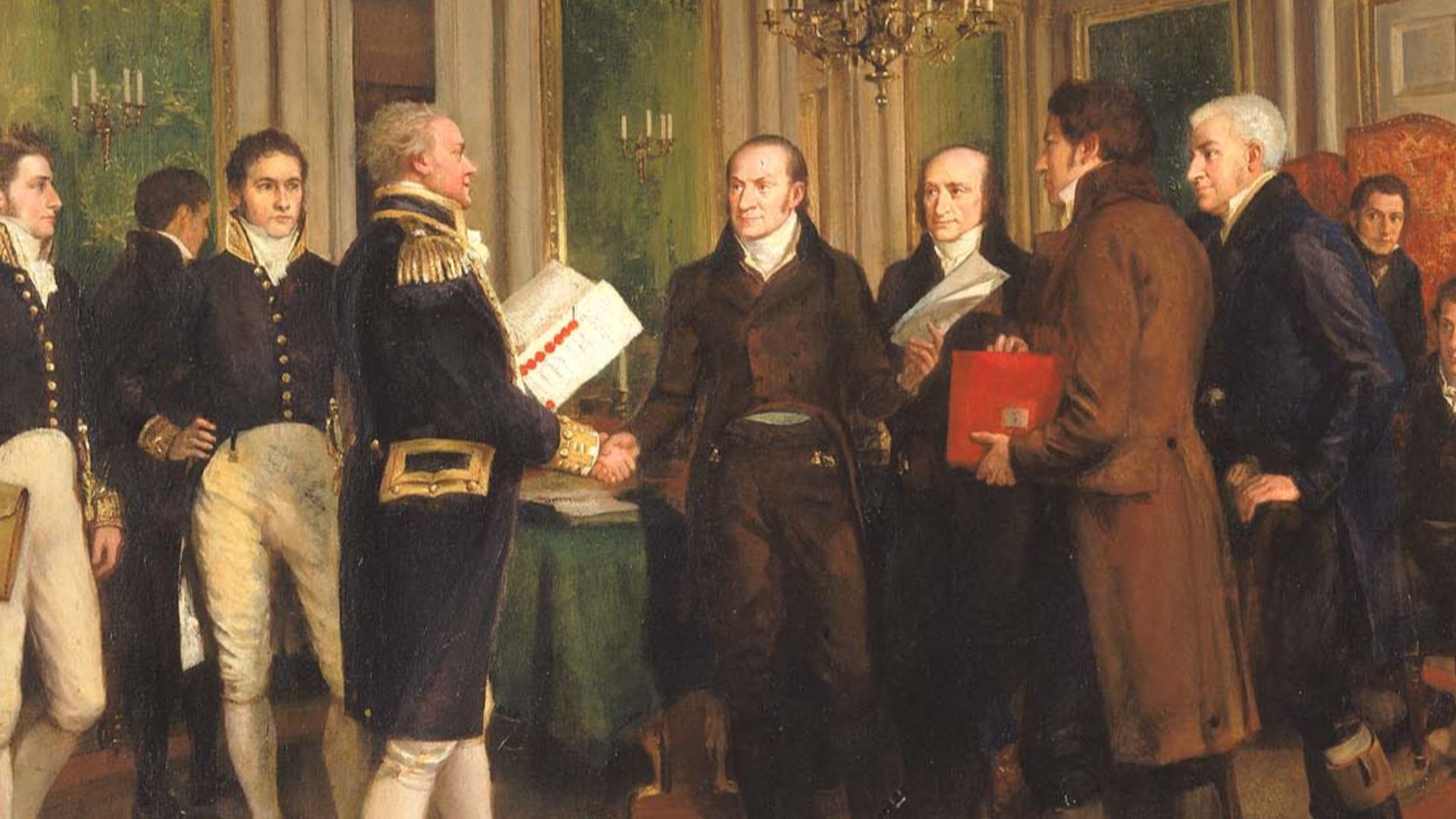 Amédée Forestier, Wikimedia Commons
Amédée Forestier, Wikimedia Commons
A Desperate Alliance
In the 20 years since the end of the War of 1812, the Potawatomi once again found themselves without much of a homeland, trading platform or relationships with outside forces that proved beneficial. Isolated, the Potawatomi supported the Americans in the Black Hawk War of 1829, attempting to carve out a relationship with the US Government that would prevent them from losing more territory.
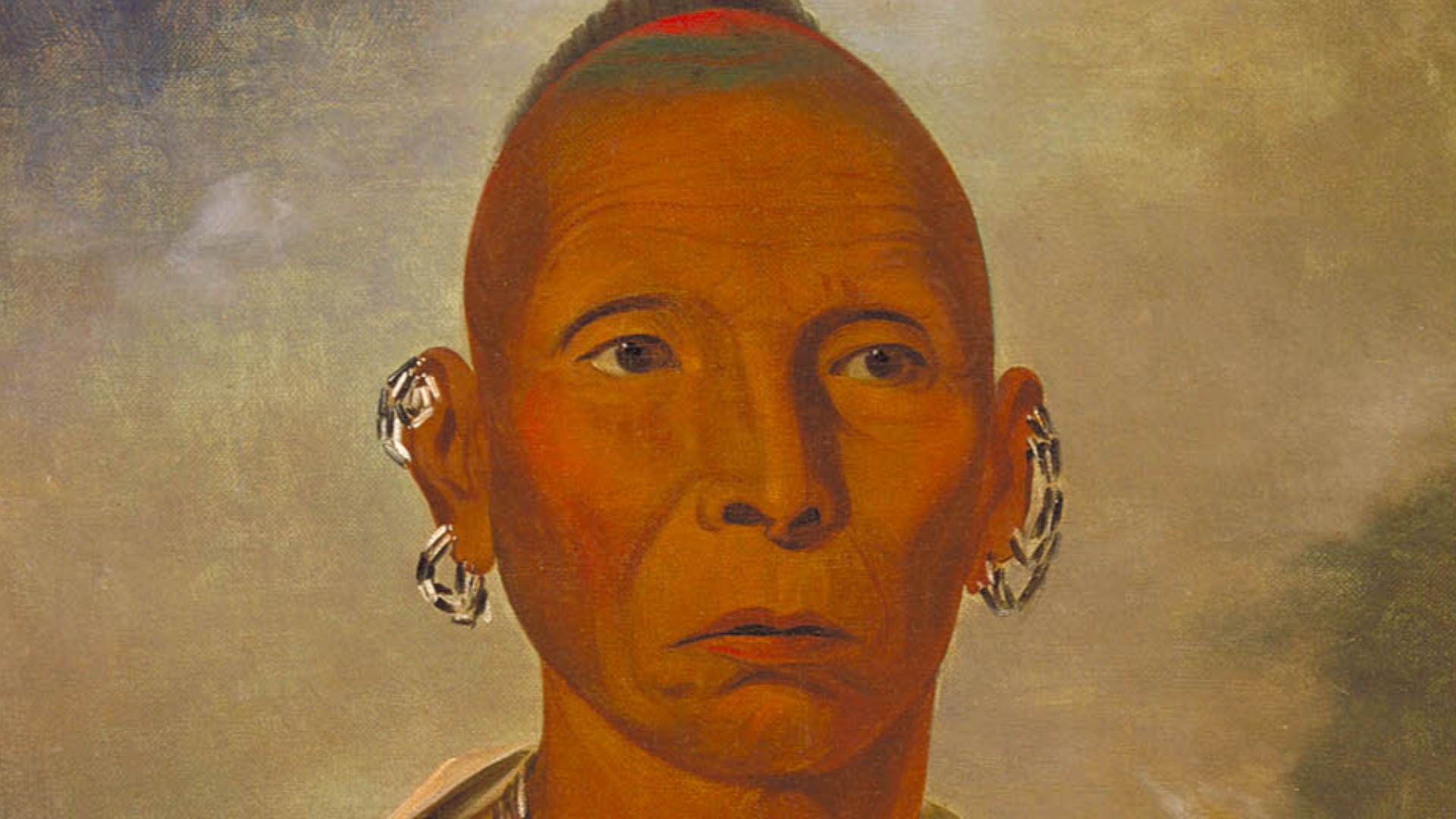 George Catlin, Wikimedia Commons
George Catlin, Wikimedia Commons
The Treaty Of Chicago Sees More Territory Sacrificed
Despite forming a temporary and desperate alliance with the US Government, like so many other Native American tribes, the Potawatomi were forced to sign treaties of peace, ceding their lands to the United States out of desperation. The Potawatomi of Illinois and Wisconsin signed this treaty, effectuating a great removal of Potawatomi from their ancestral home.
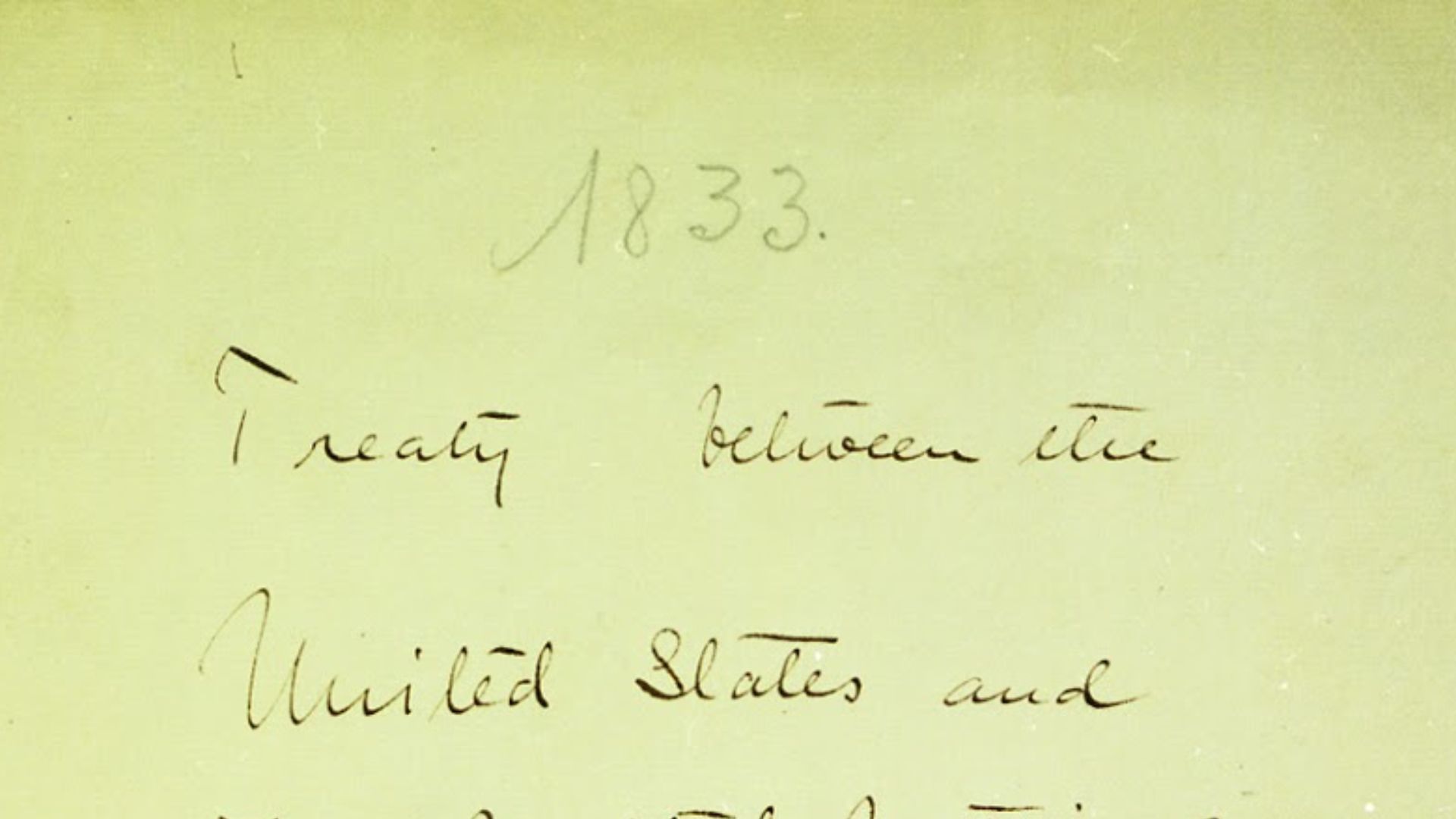 Negotiators of the 1833 Treaty of Chicago, Wikimedia Commons
Negotiators of the 1833 Treaty of Chicago, Wikimedia Commons
Potawatomi Tribes Scatter Again
As part of this "Great Removal", the Potawatomi scattered around America, some going to Iowa and Texas, along with their Native brethren the Kickapoo, who were also enduring extraordinary cruelty and forced marches. Of the thousands who left, fewer than 200 returned to their native lands in Wisconsin, which today is the Potawatomi Reservation of more than 15,000 acres.
 Unknown authorUnknown author, Wikimedia Commons
Unknown authorUnknown author, Wikimedia Commons
Potawatomi Are Victims Of The Indian Boarding School System
During the mid-19th century, the United States began implementing a policy of cultural genocide by way of religiously-funded and -operated boarding schools. Native Americans, including thousands of Potawatomi children, were kidnapped from their families and sent off to more than 520 boarding schools across the United States.
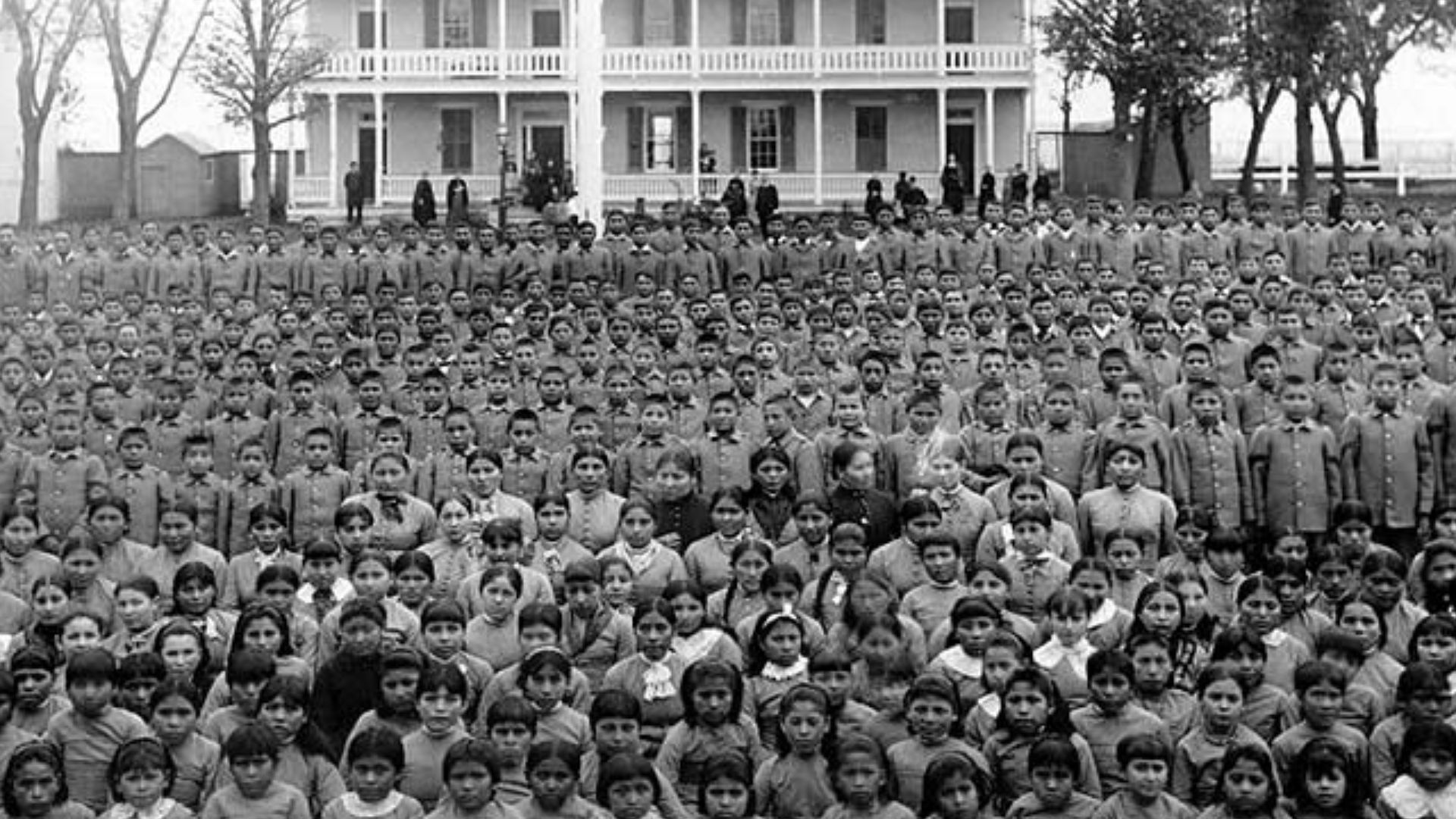 Unknown authorUnknown author, Wikimedia Commons
Unknown authorUnknown author, Wikimedia Commons
"Kill The Indian, Save The Man"
This policy was based on a policy enacted by Duncan Campbell Scott, a Canadian man who was tasked with running the Canadian version of these boarding schools. The stated goal of the policy was, in the words of Scott, to "Kill the Indian, save the man".
The Cultural Genocide Begins
And so began a process of forced assimilation and cultural genocide that included the cutting of Native Americans' traditionally long hair, forced prayer and conversions to Catholicism and Christianity, the forced unlearning of the children's native tongue in favor of English, and many more horrors.
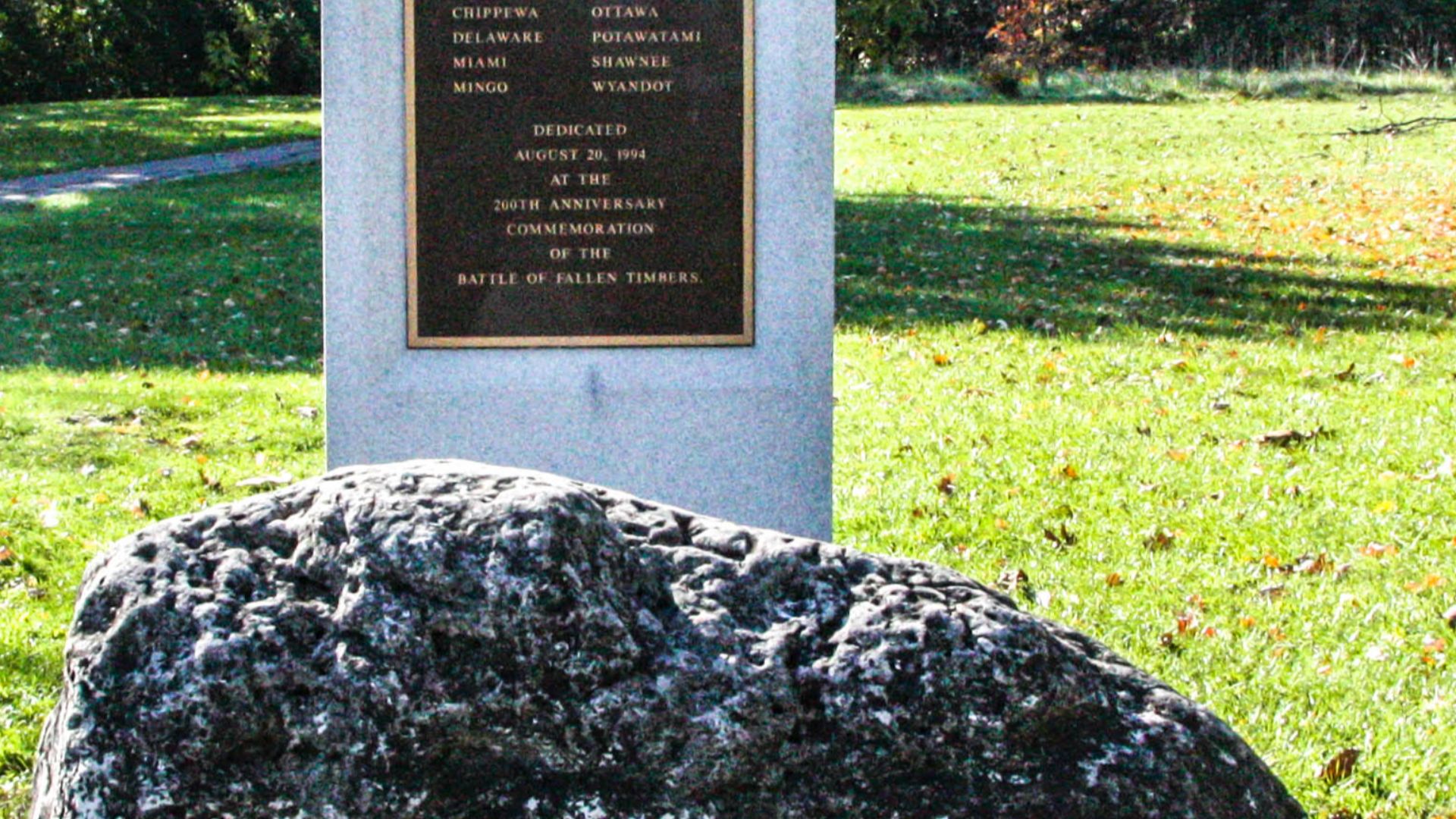 Victoria Stauffenberg, Wikimedia Commons
Victoria Stauffenberg, Wikimedia Commons
Finally, An End To The Genocide
This policy of kidnapping and "re-educating" Indigenous children would last in the United States until 1978, after more than three centuries. In 1978, Jimmy Carter signed the Indian Child Welfare Act, giving parents the right to refuse to send their children to these schools. What followed in the decades since were horror stories too gruesome to share.
 White House, Wikimedia Commons
White House, Wikimedia Commons
Working For The White Man
By the turn of the 20th century, many Potawatomi in Wisconsin and elsewhere had found work in the logging industry, working for white-owned logging companies. They likely experienced extreme working conditions, racism, and bigotry, as well as physical violence from their bosses.
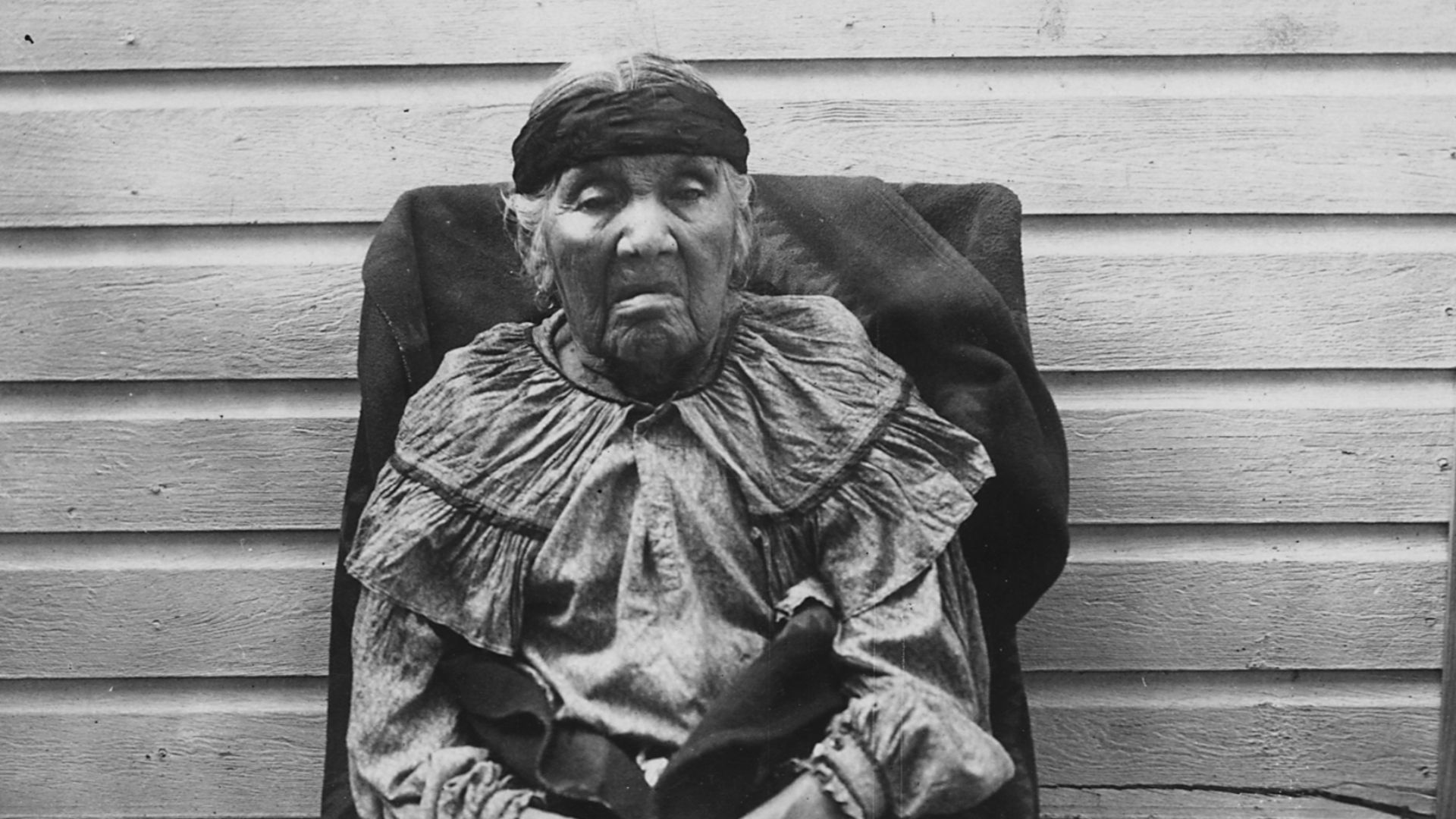 Unknown authorUnknown author or not provided, Wikimedia Commons
Unknown authorUnknown author or not provided, Wikimedia Commons
The Potawatomi Today
Today, the Potawatomi that still reside in the US are known as the Citizen Potawatomi Nation, a federally-recognized tribe that numbers around 38,000 members. They're primarily based in Oklahoma and Kansas, with pockets in Wisconsin and Michigan.
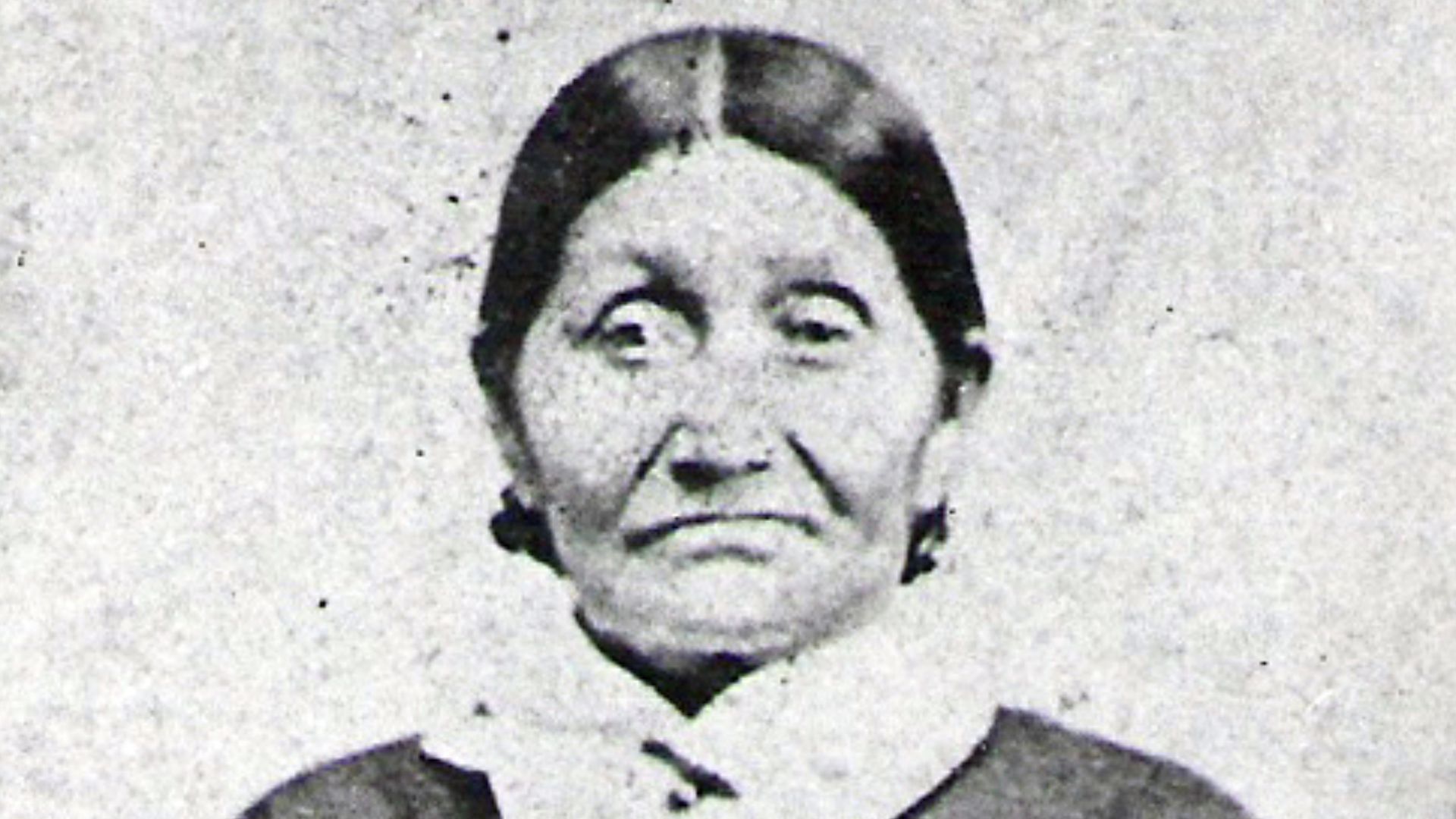 Unknown authorUnknown author, Wikimedia Commons
Unknown authorUnknown author, Wikimedia Commons
The Trail Of Death
As part of the Treaty of Chicago, Potawatomi as far west as Indiana were forcibly removed from their homes and sent on a forced march to Kansas. As many as 859 members of the Potawatomi were marched over 600 miles, over 61 days. 40 people died, including many children. It was the largest single removal of Native Americans in the history of Indiana.
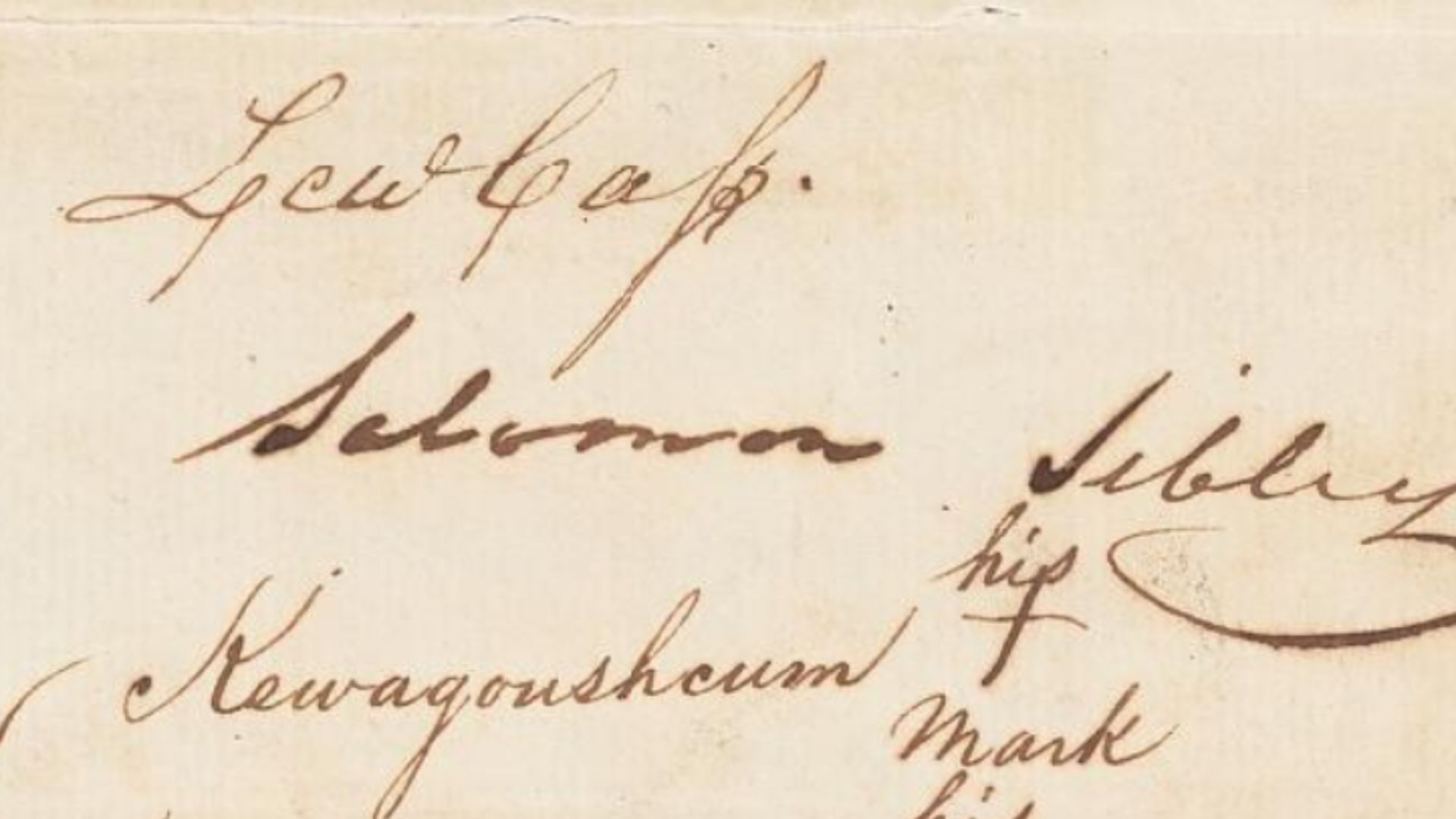 Keewaycooshcum, signee, Wikimedia Commons
Keewaycooshcum, signee, Wikimedia Commons
You May Also Like:
The Lacandon People: The Ancient Mayan Tribe In A Fight For Survival

